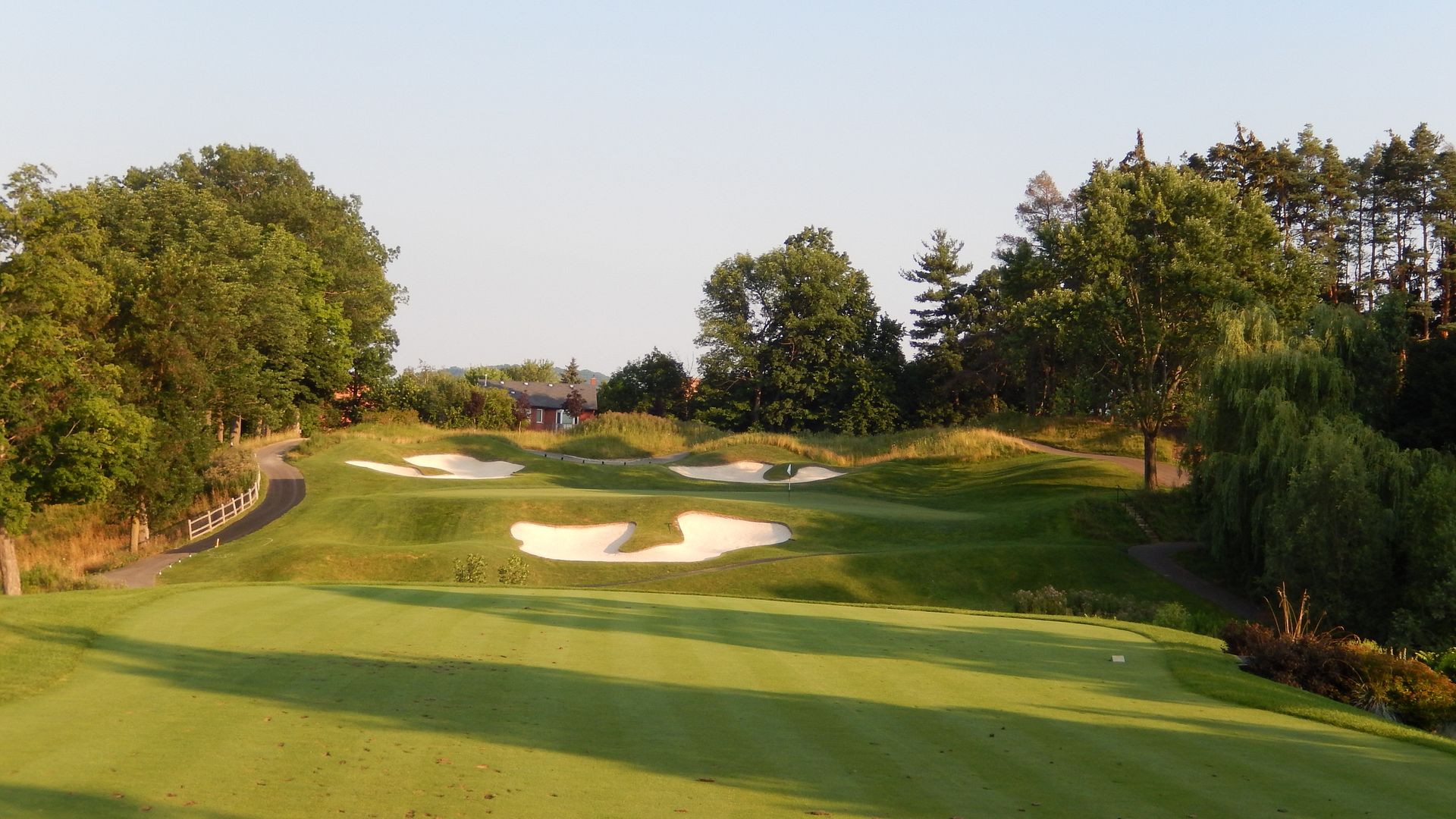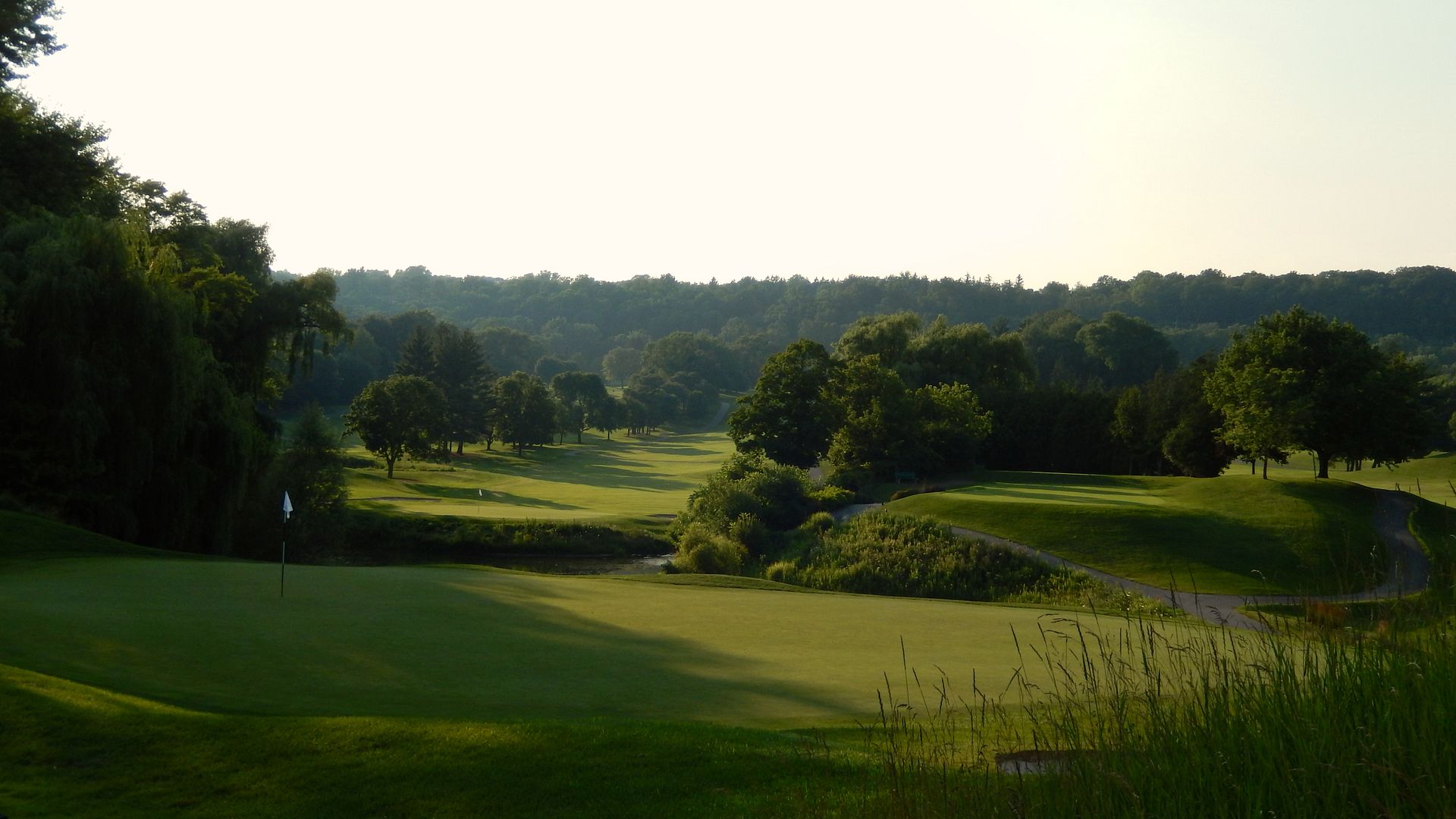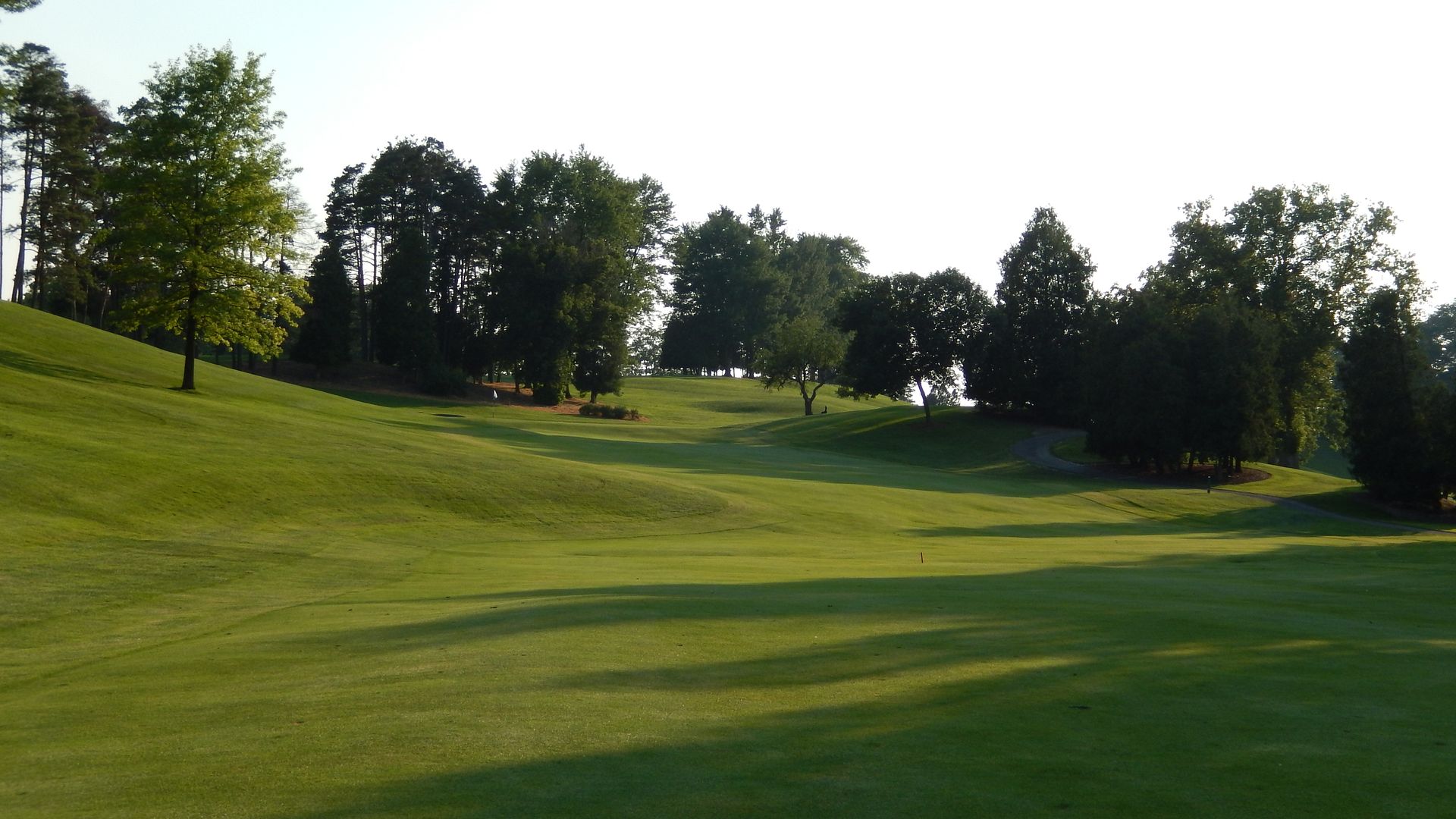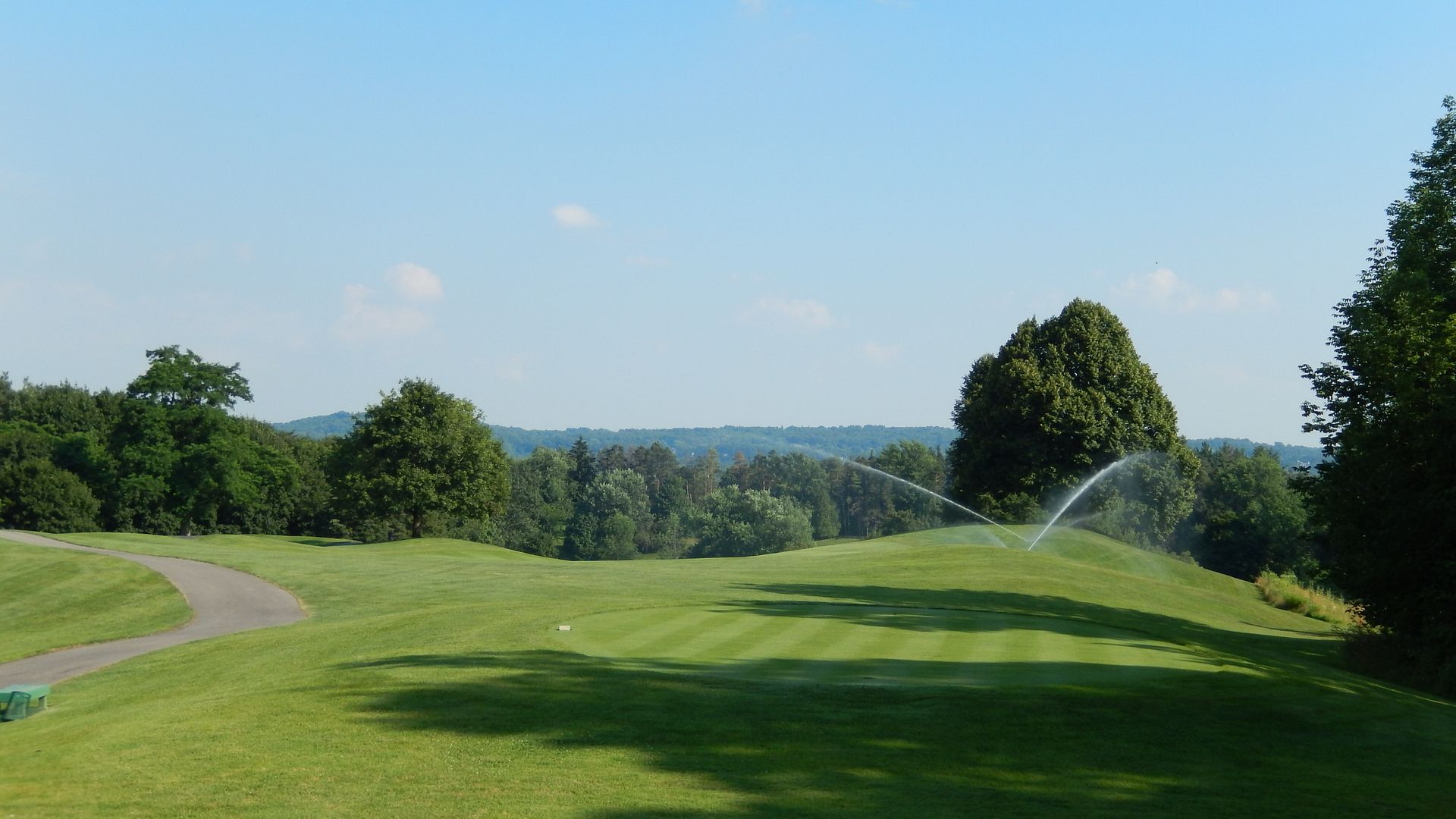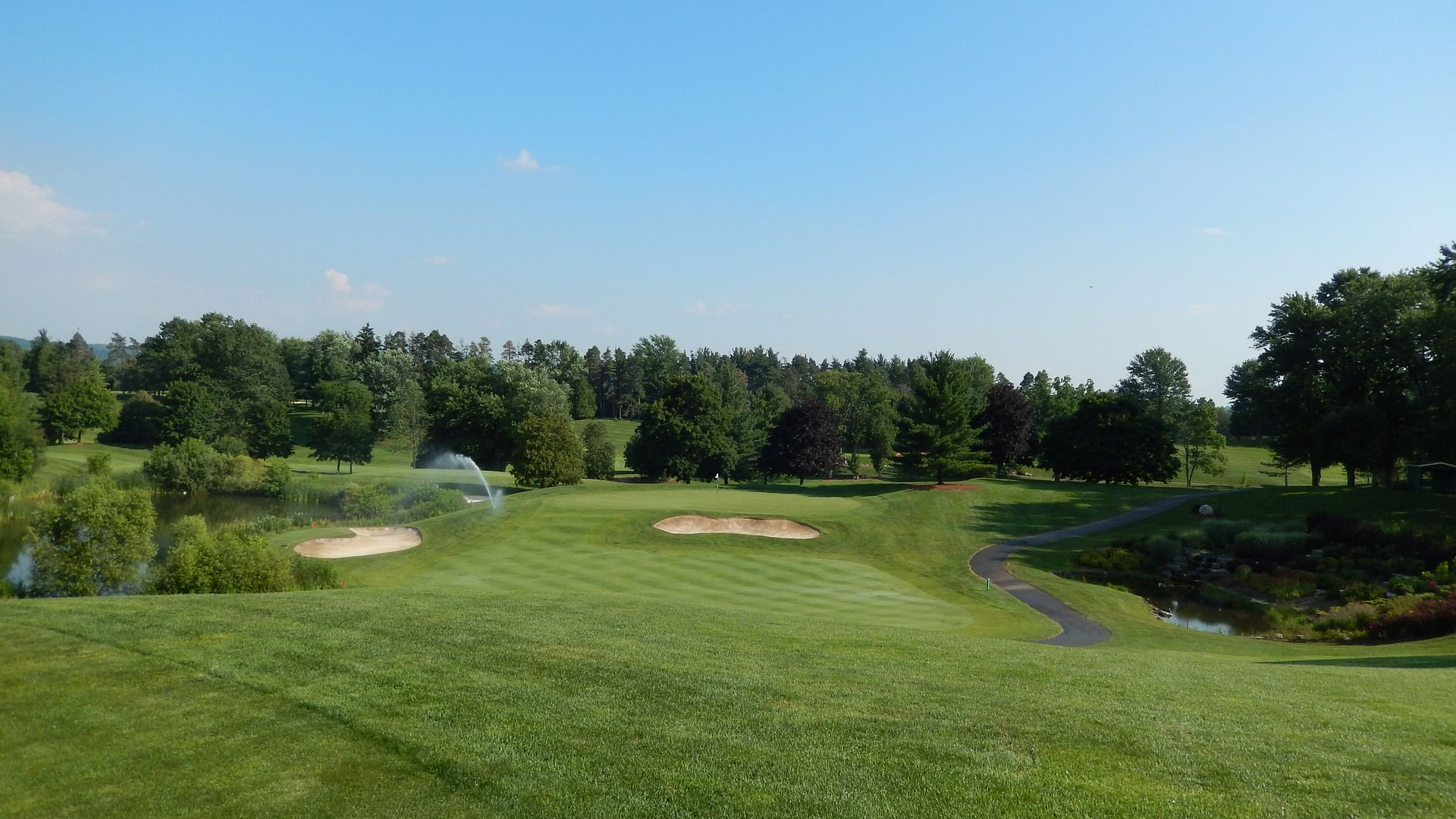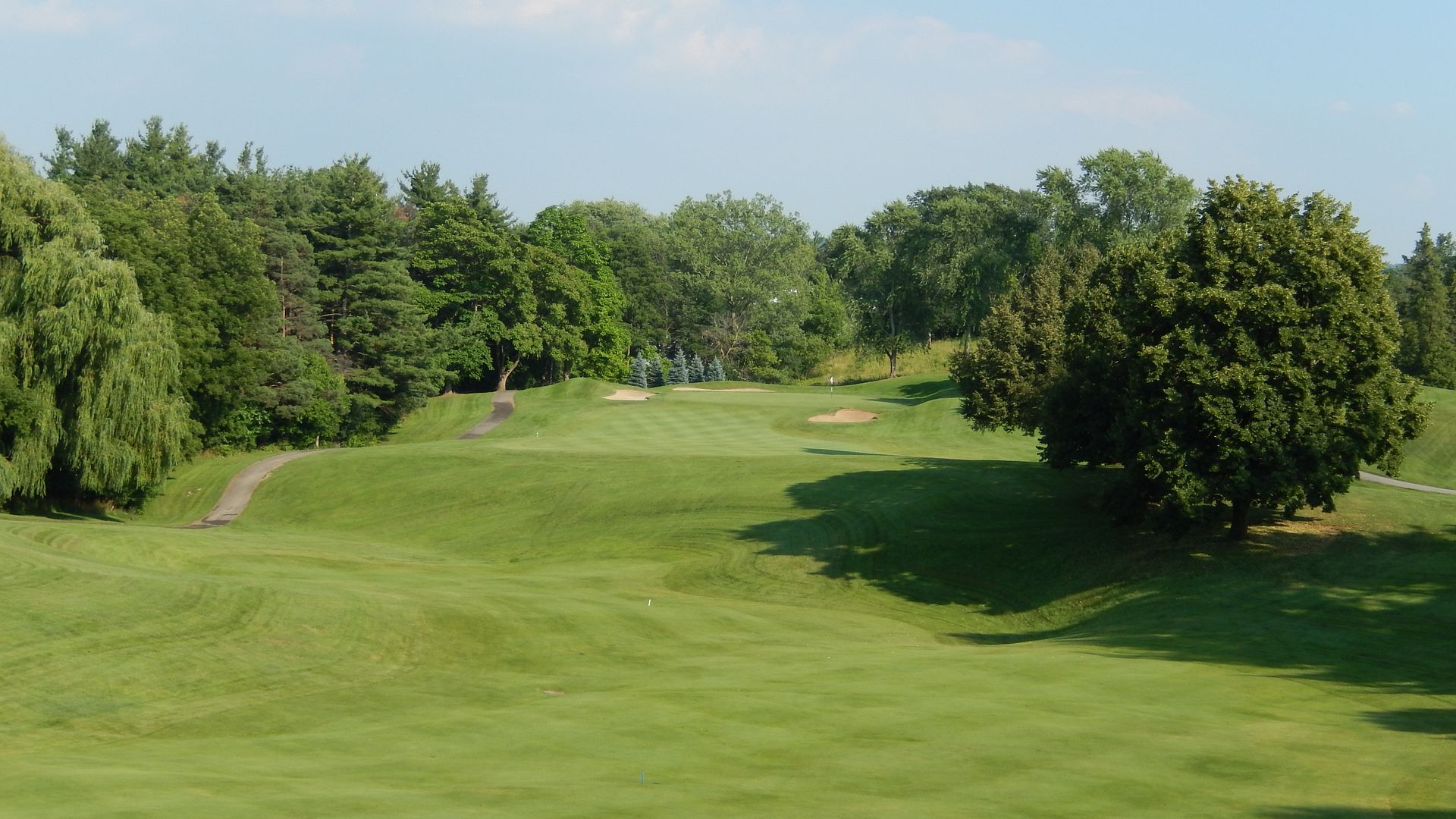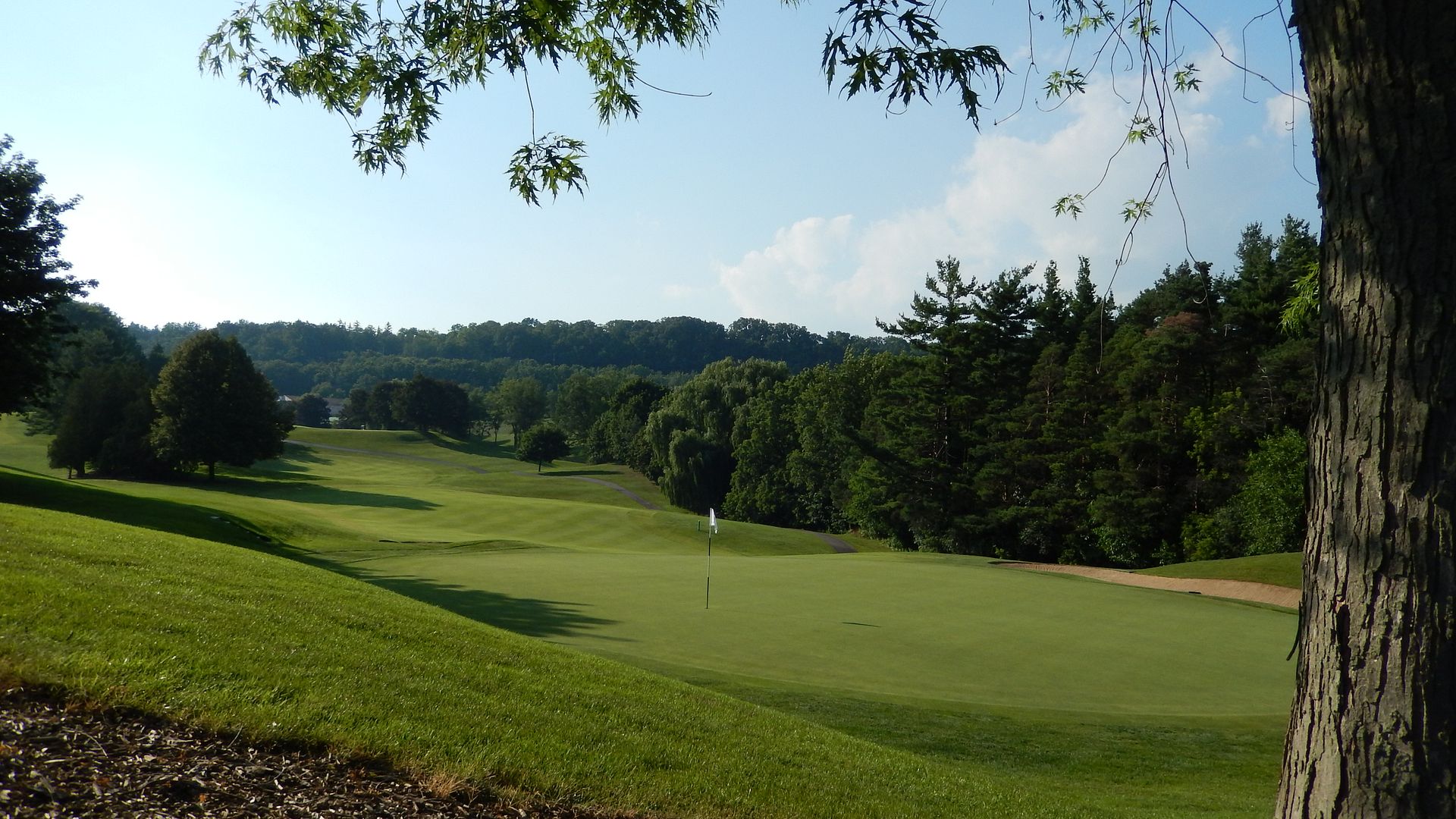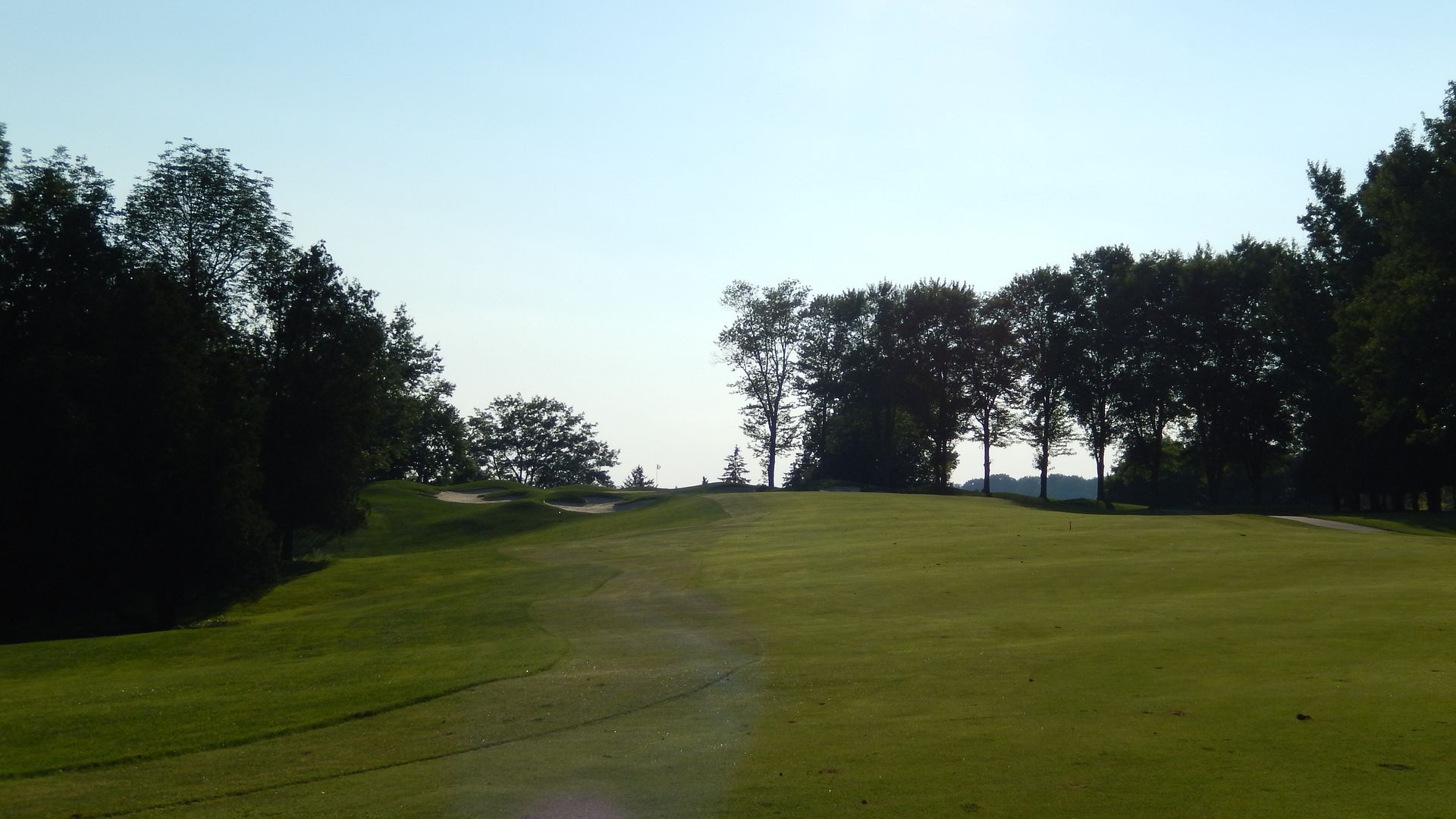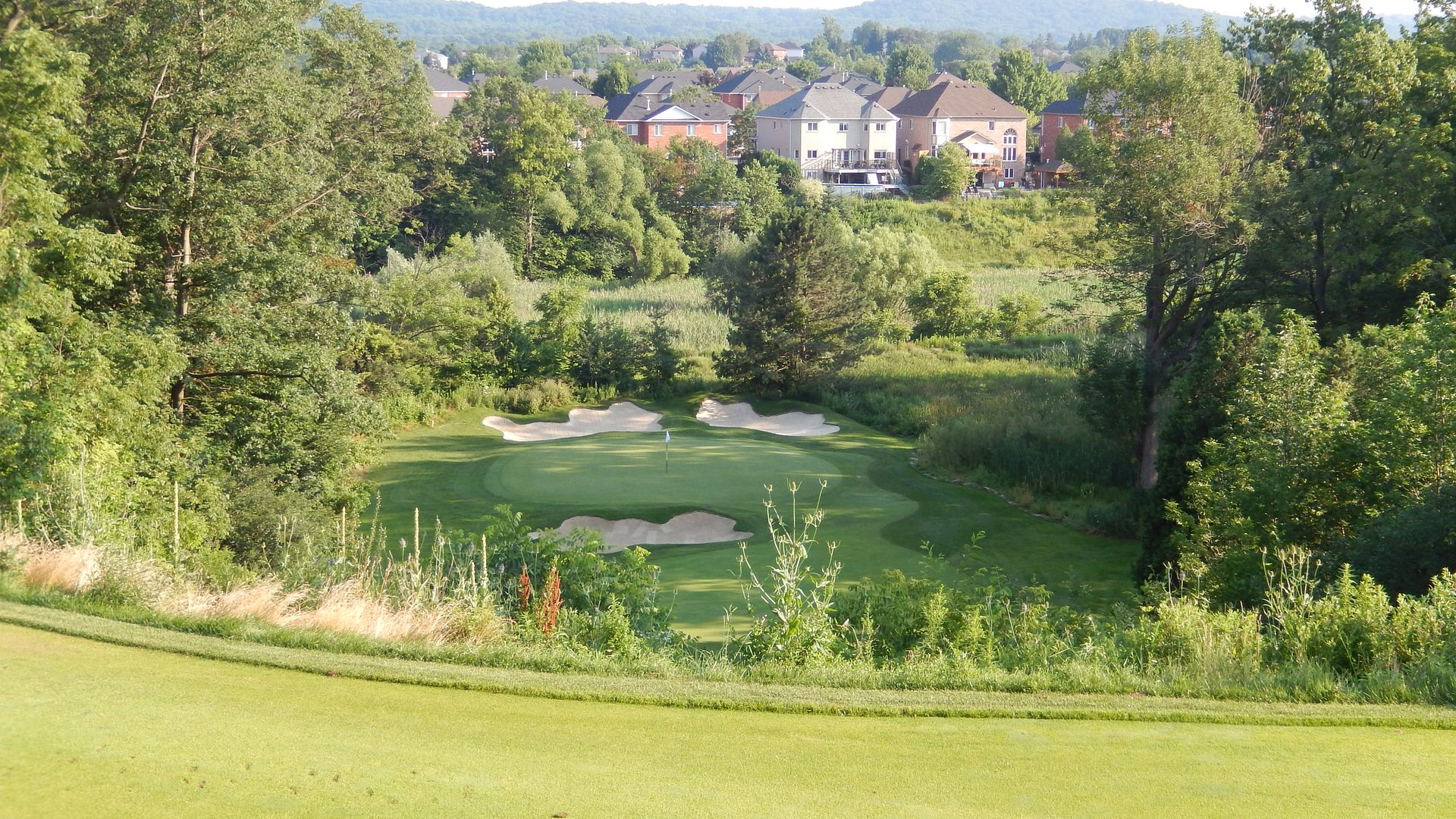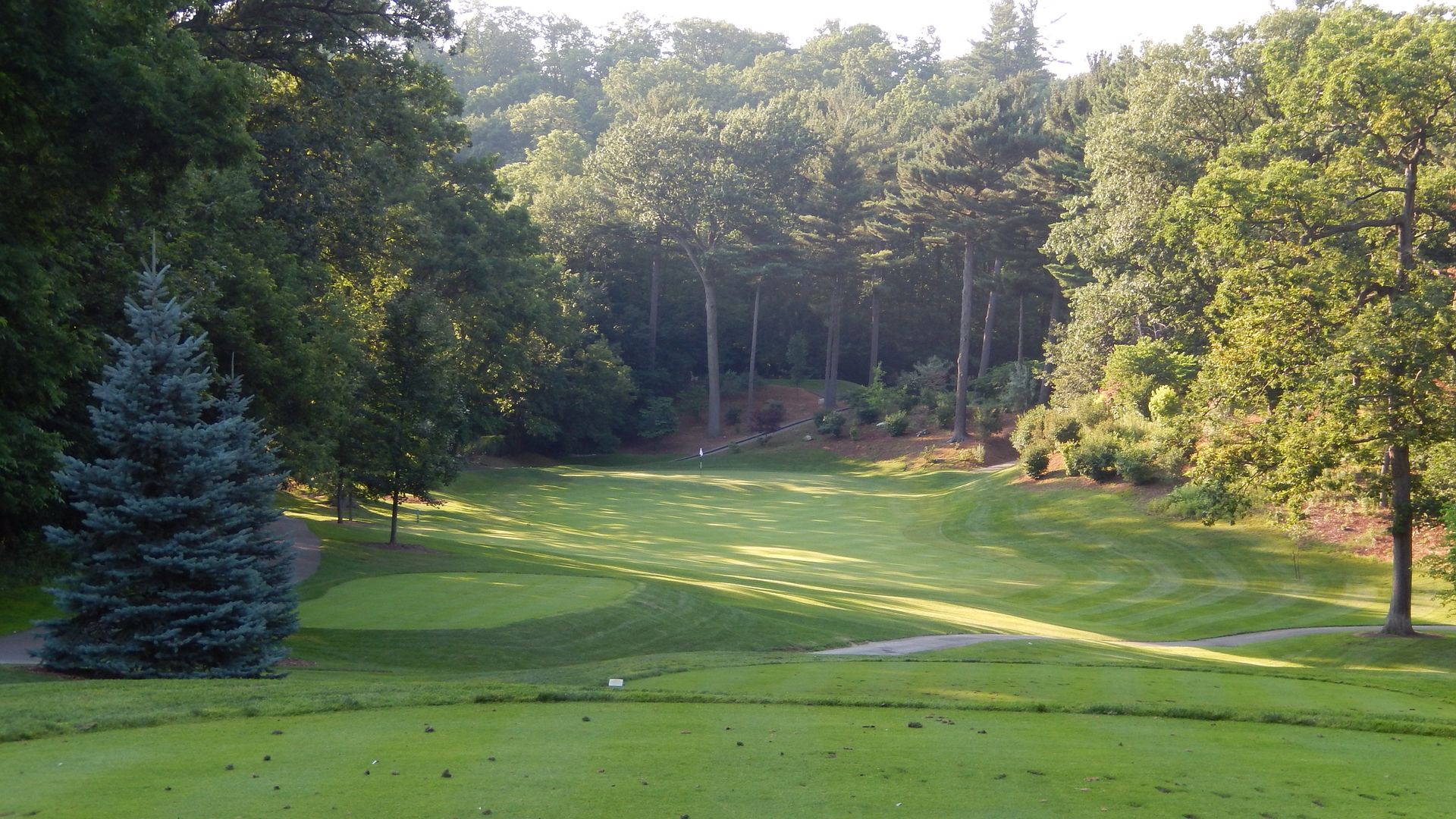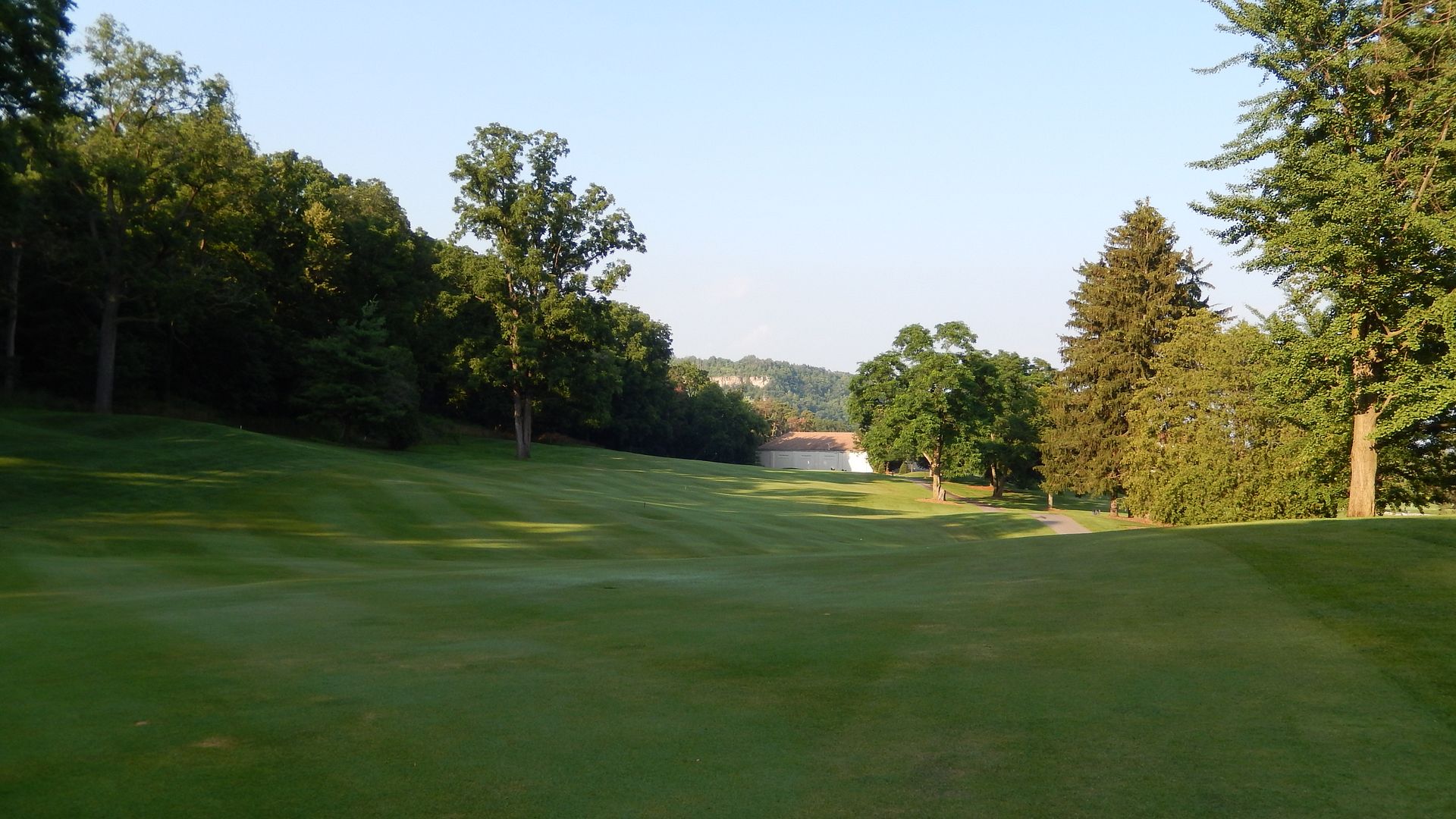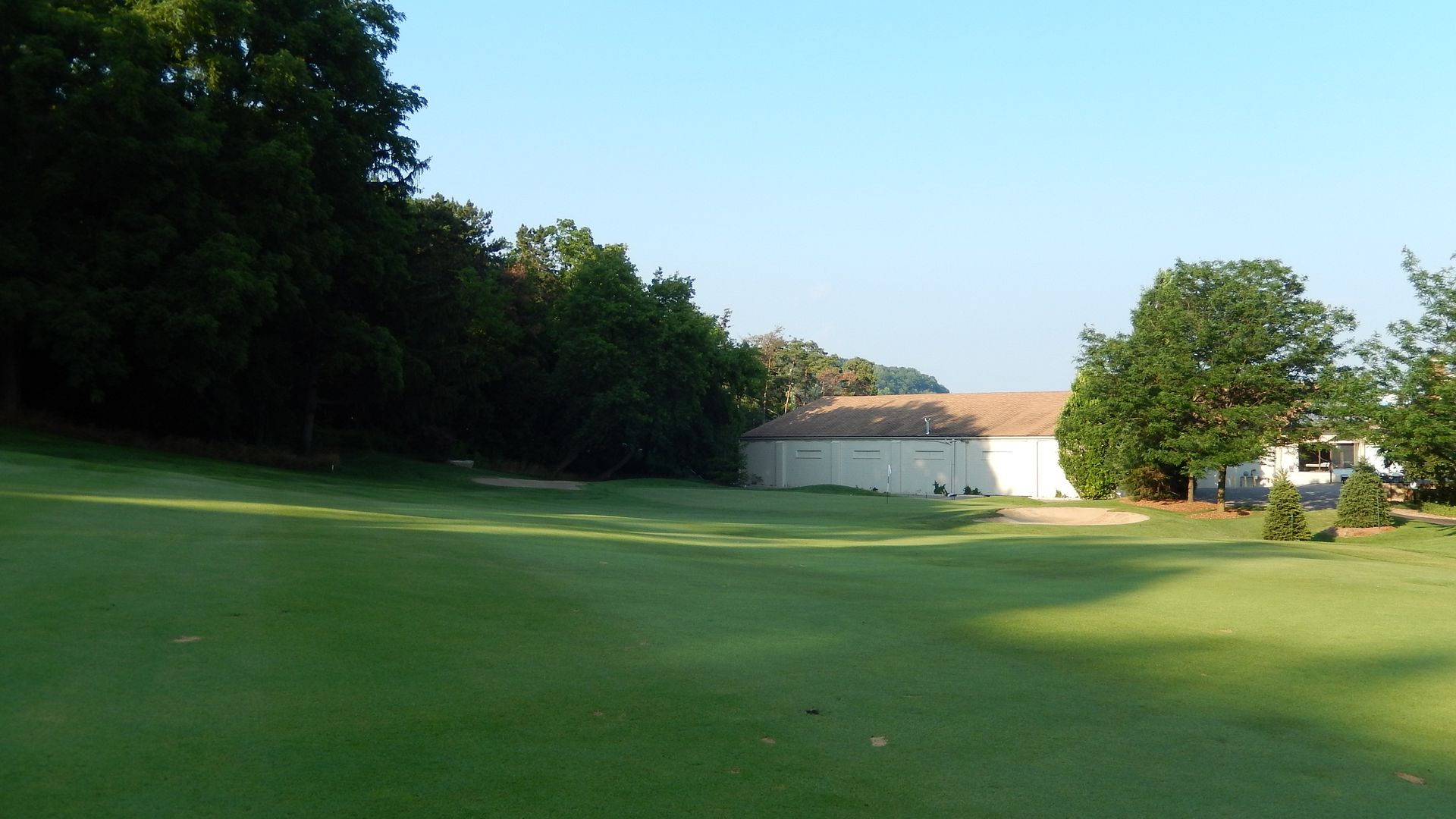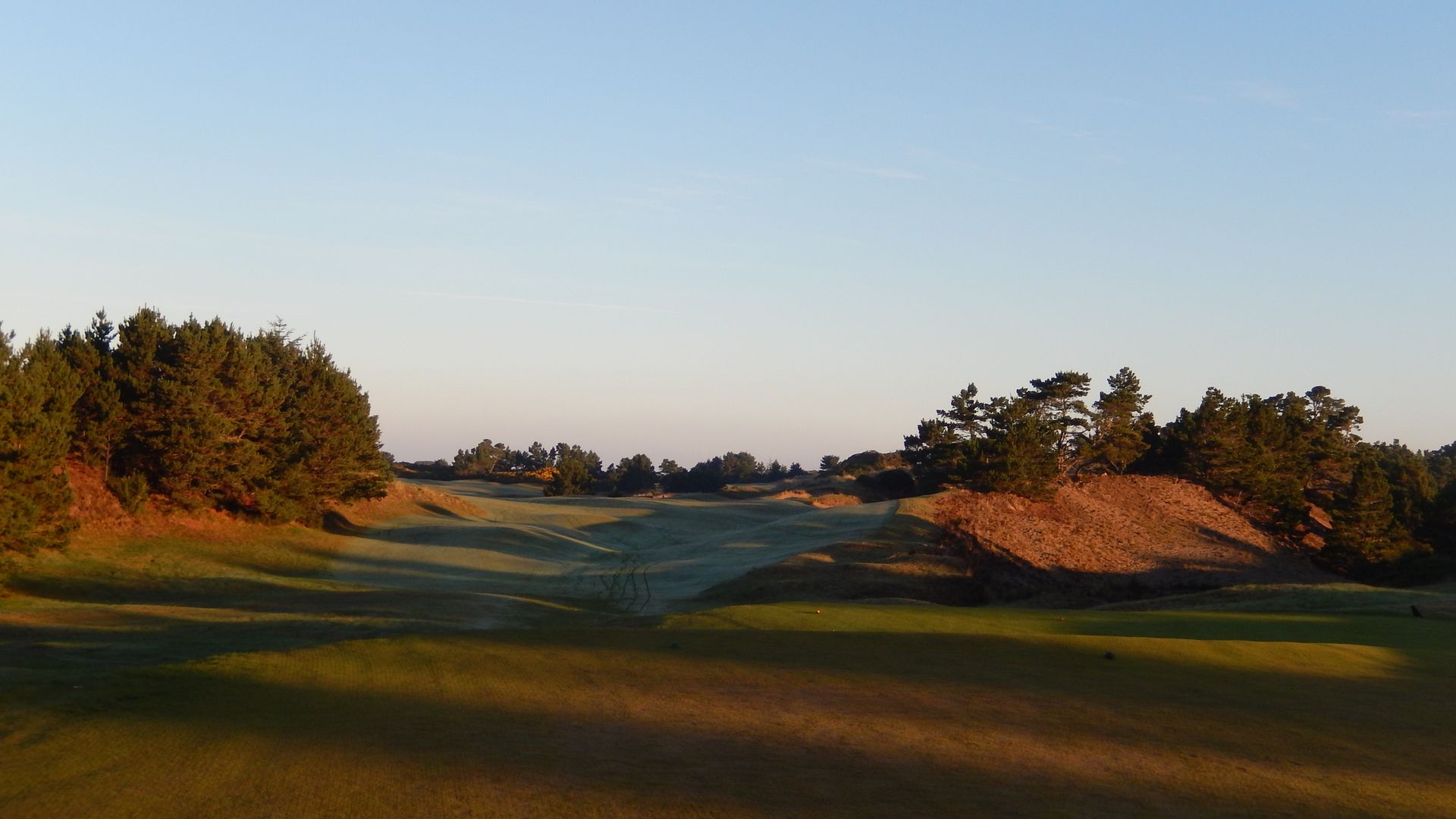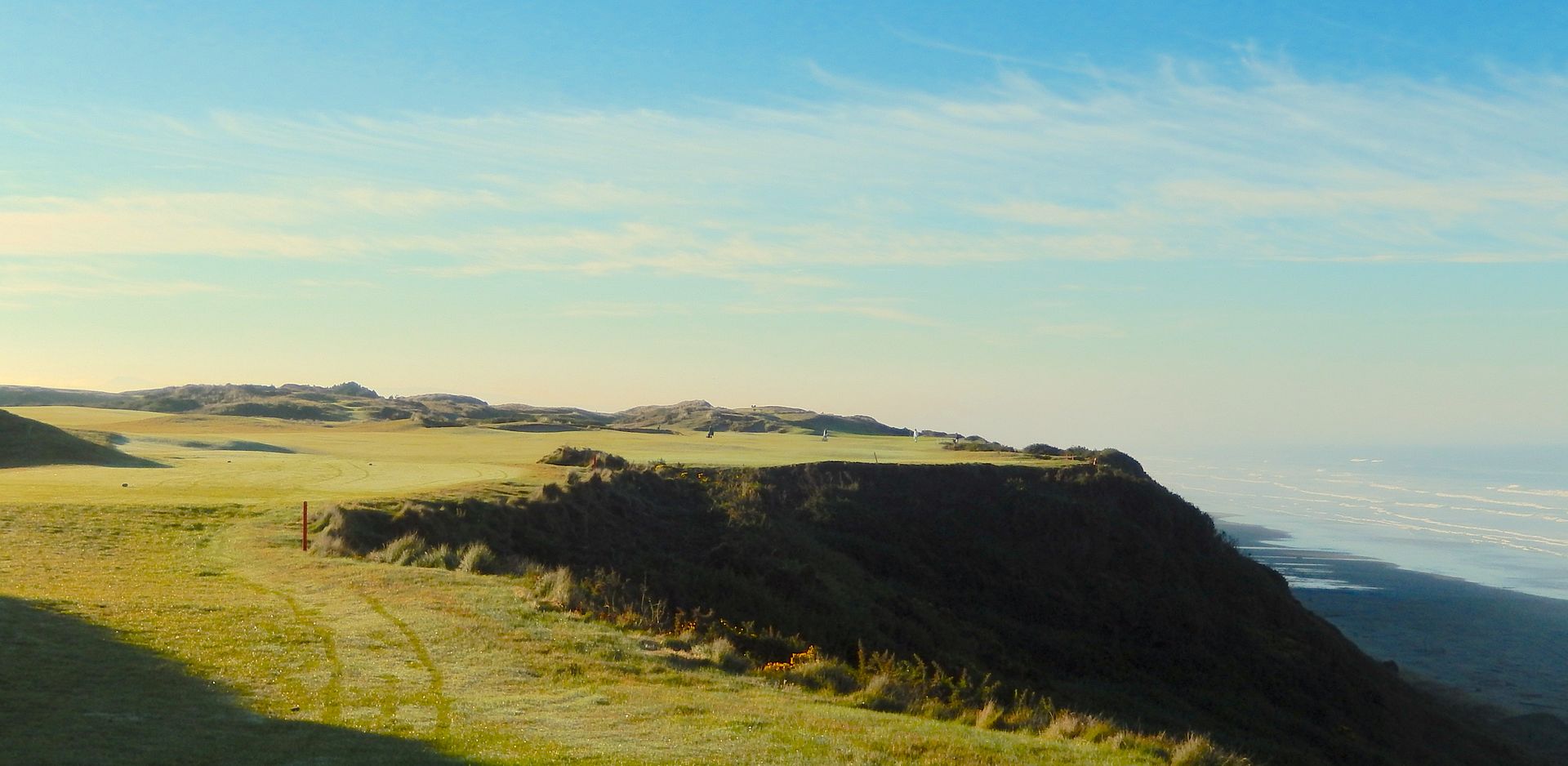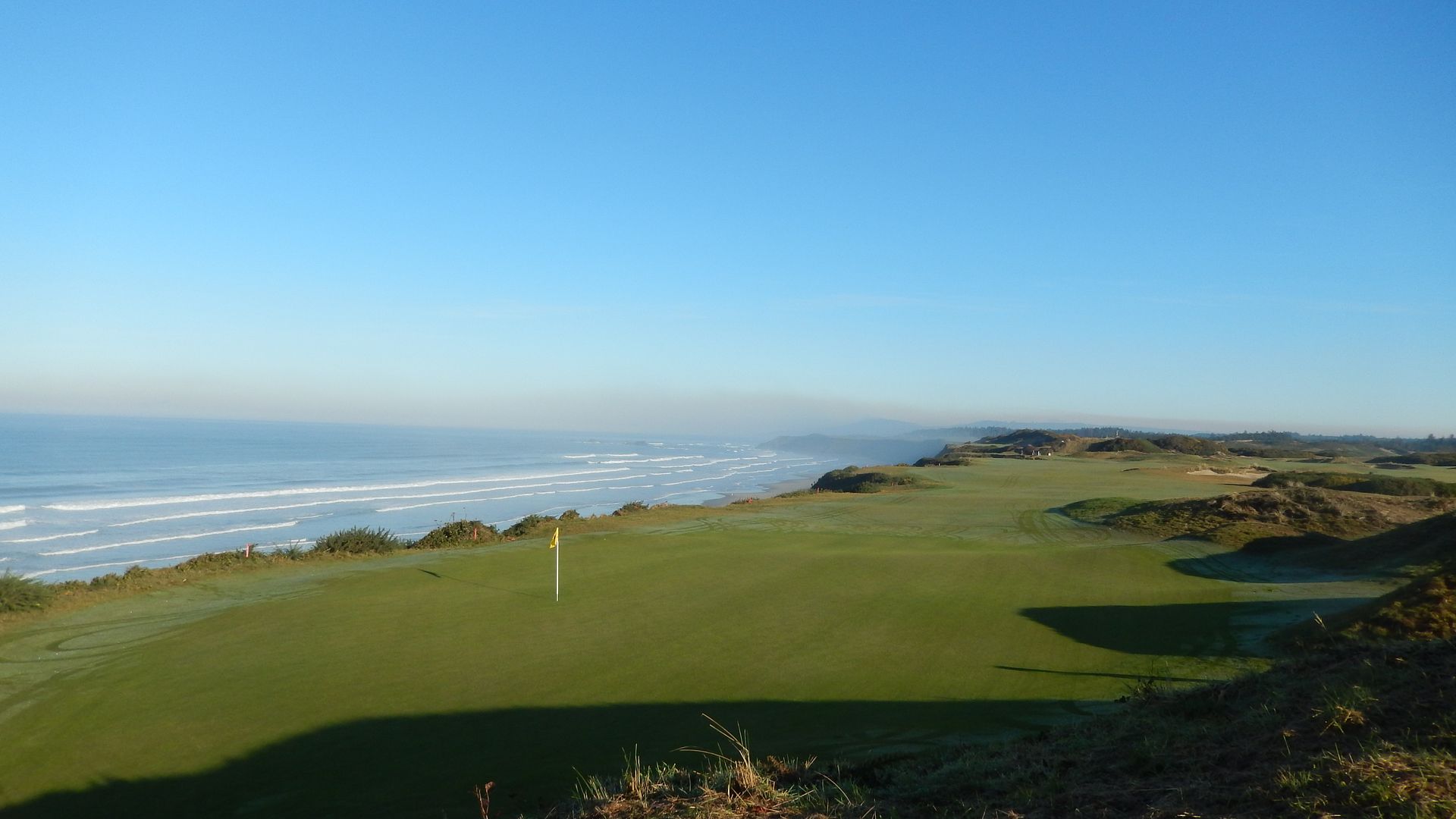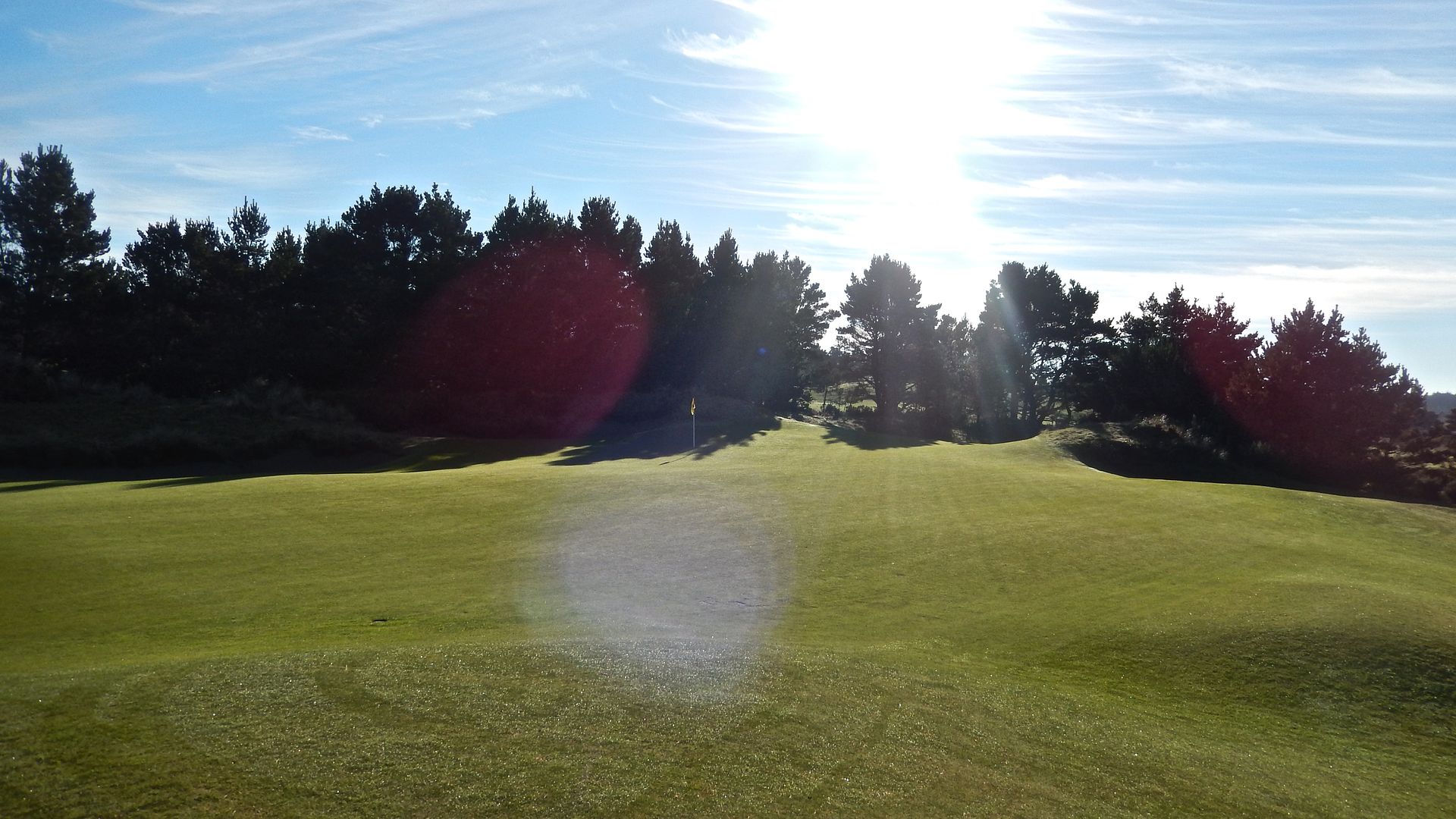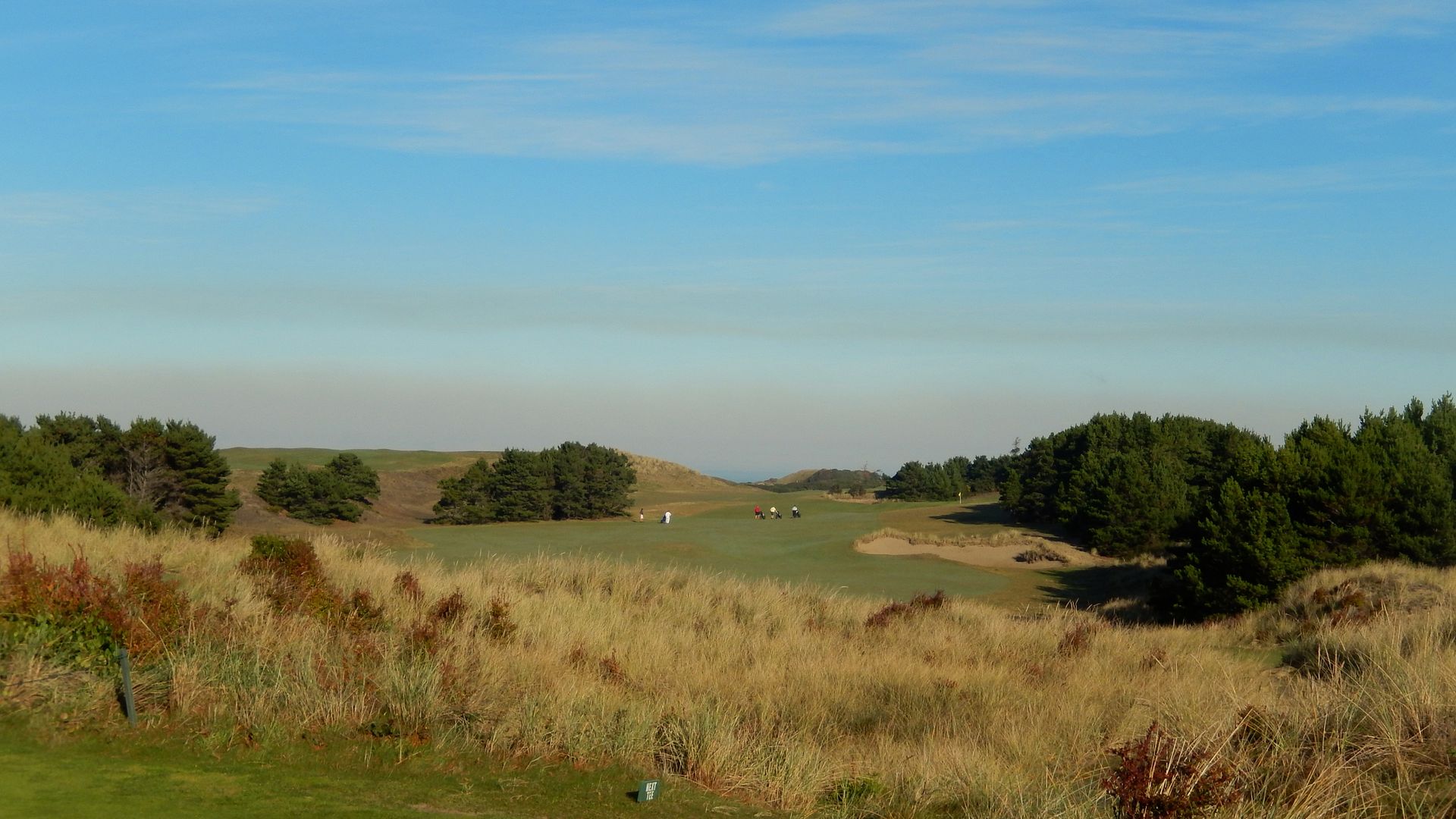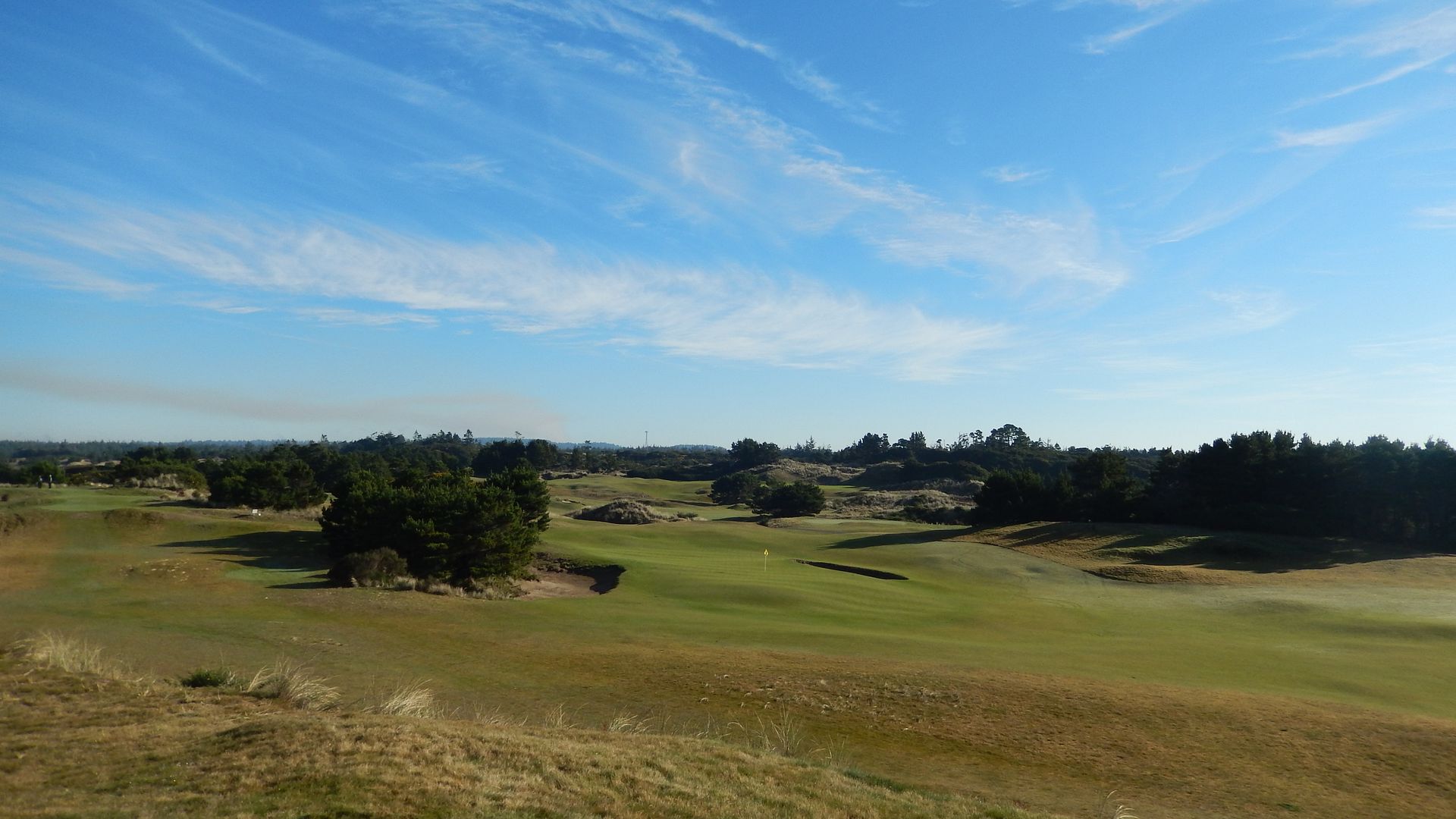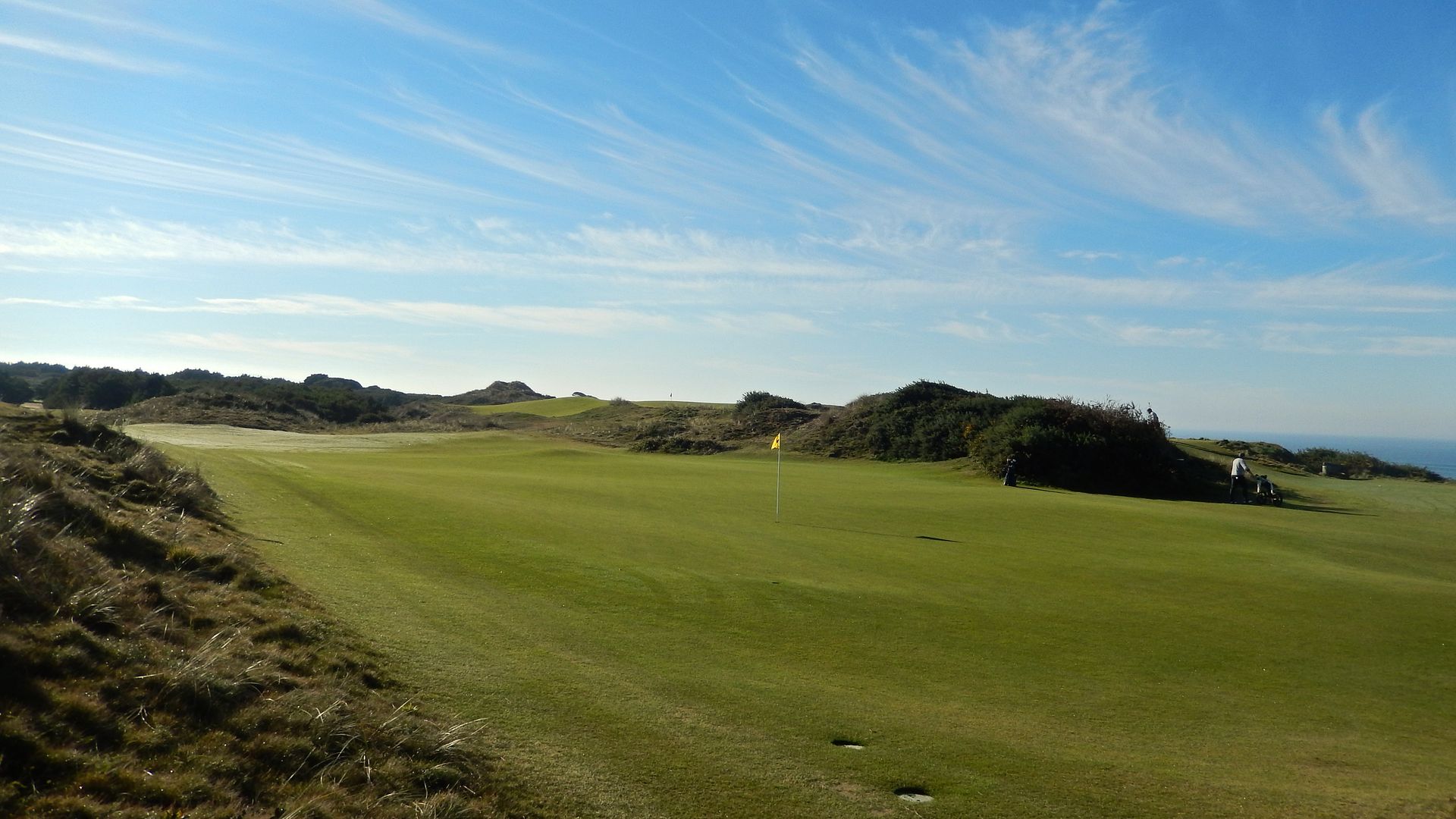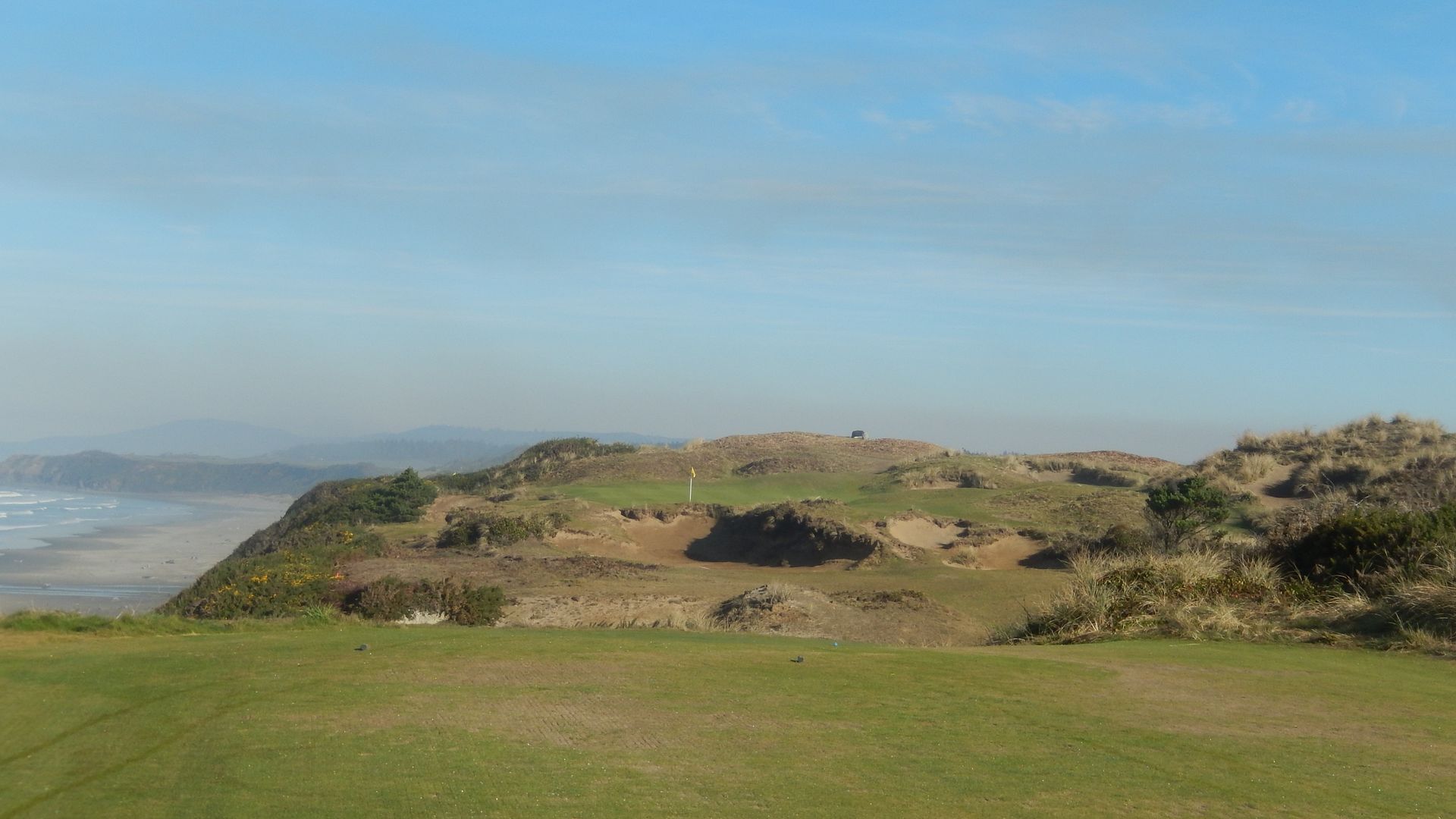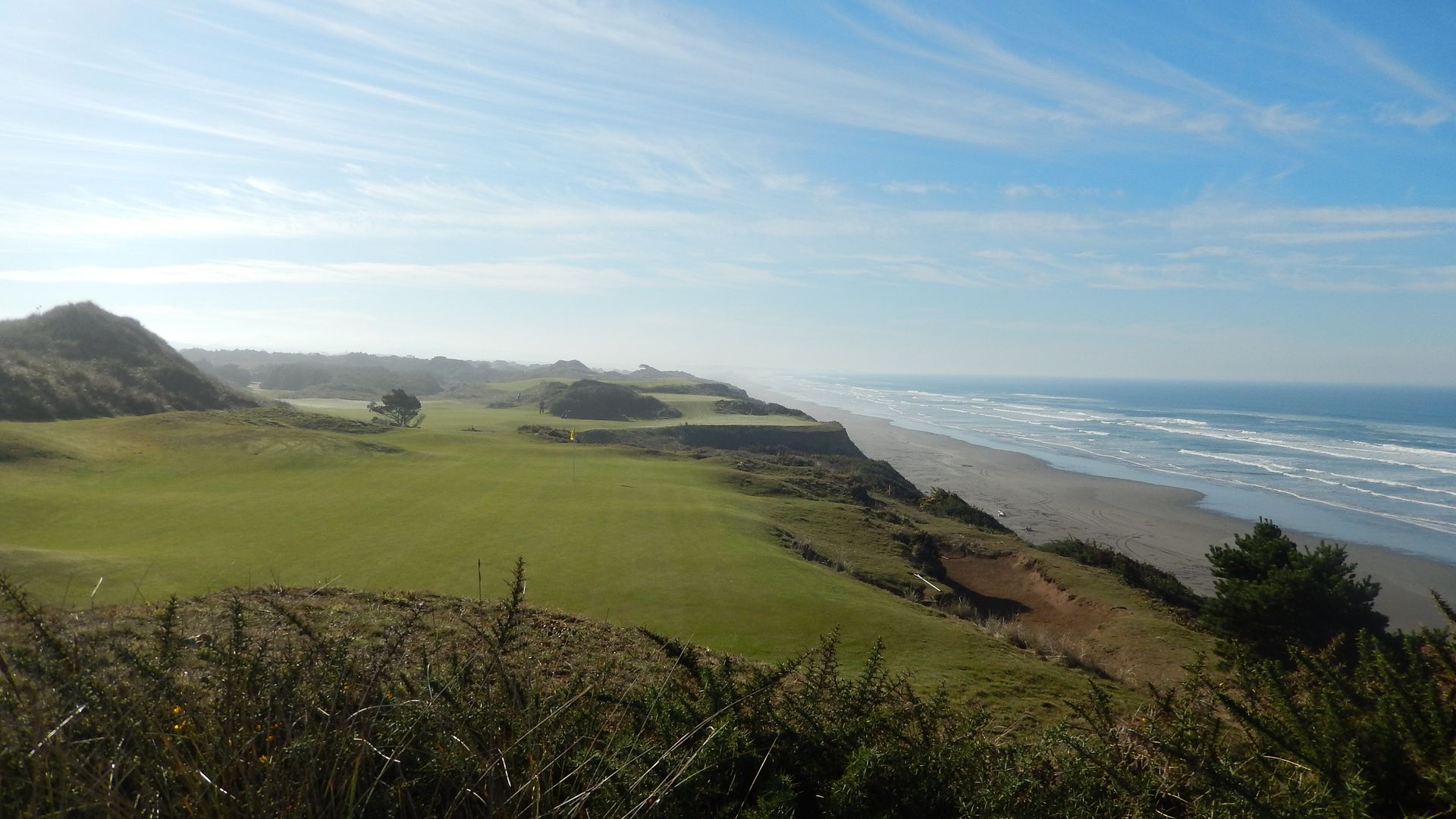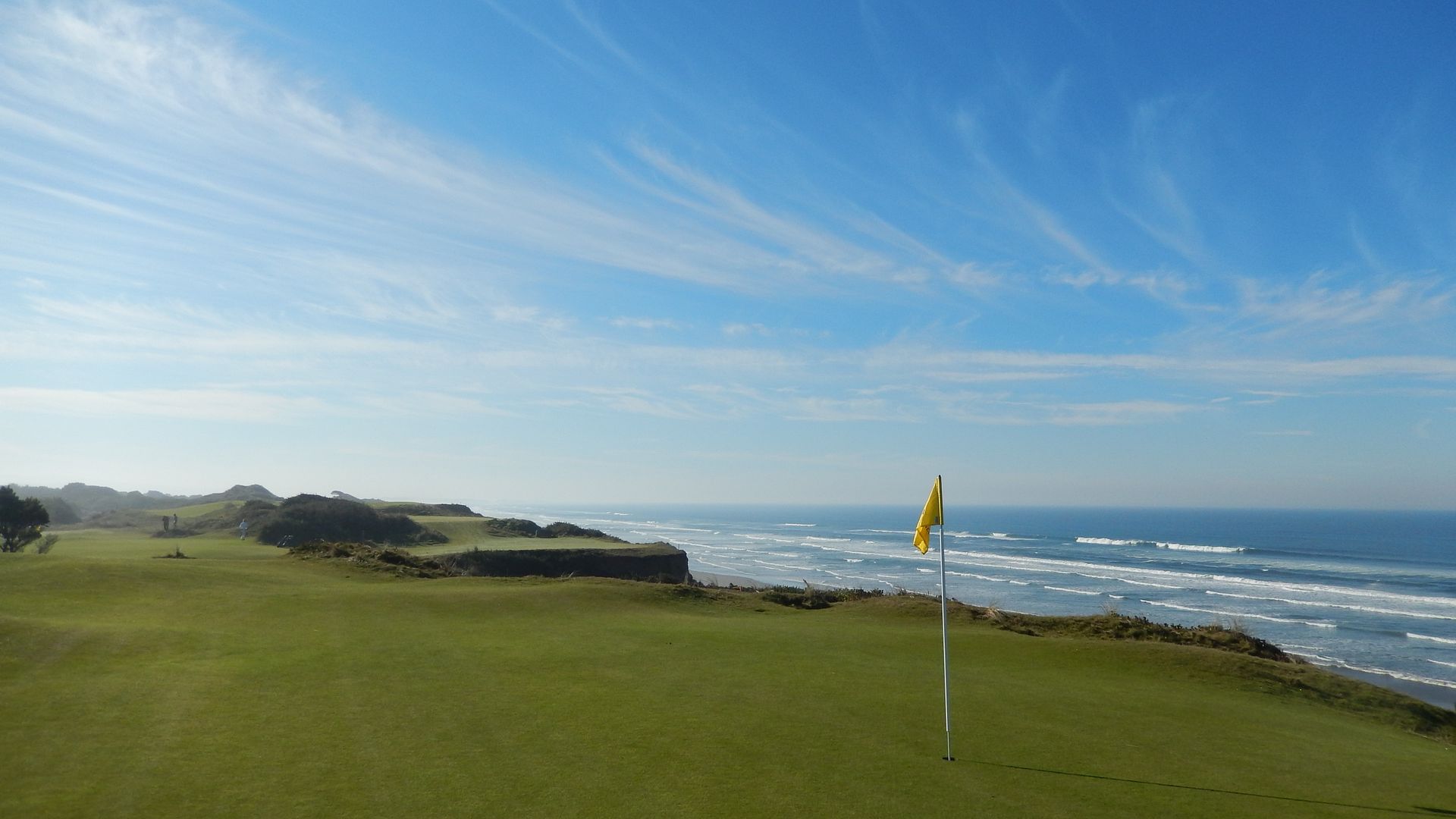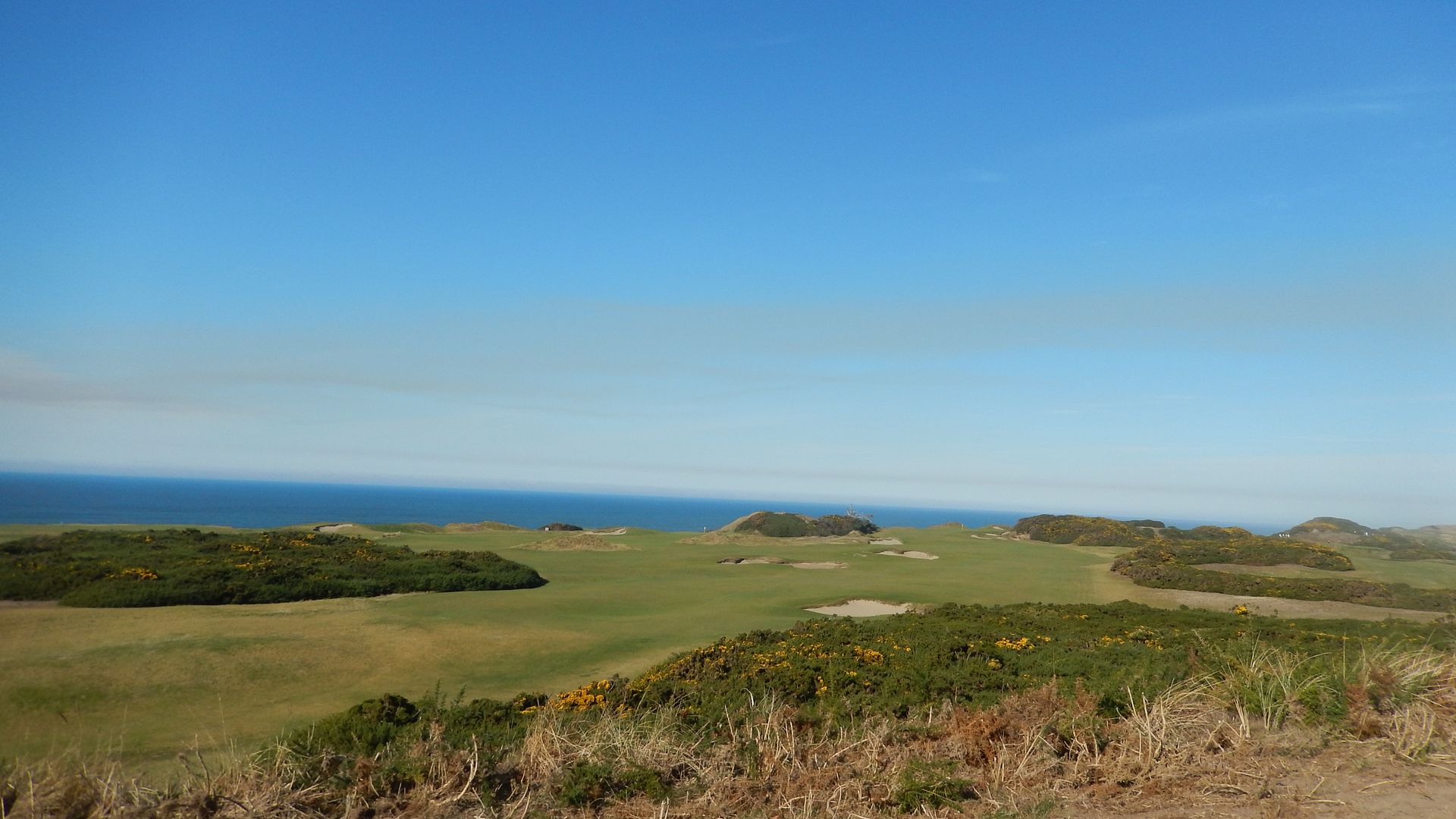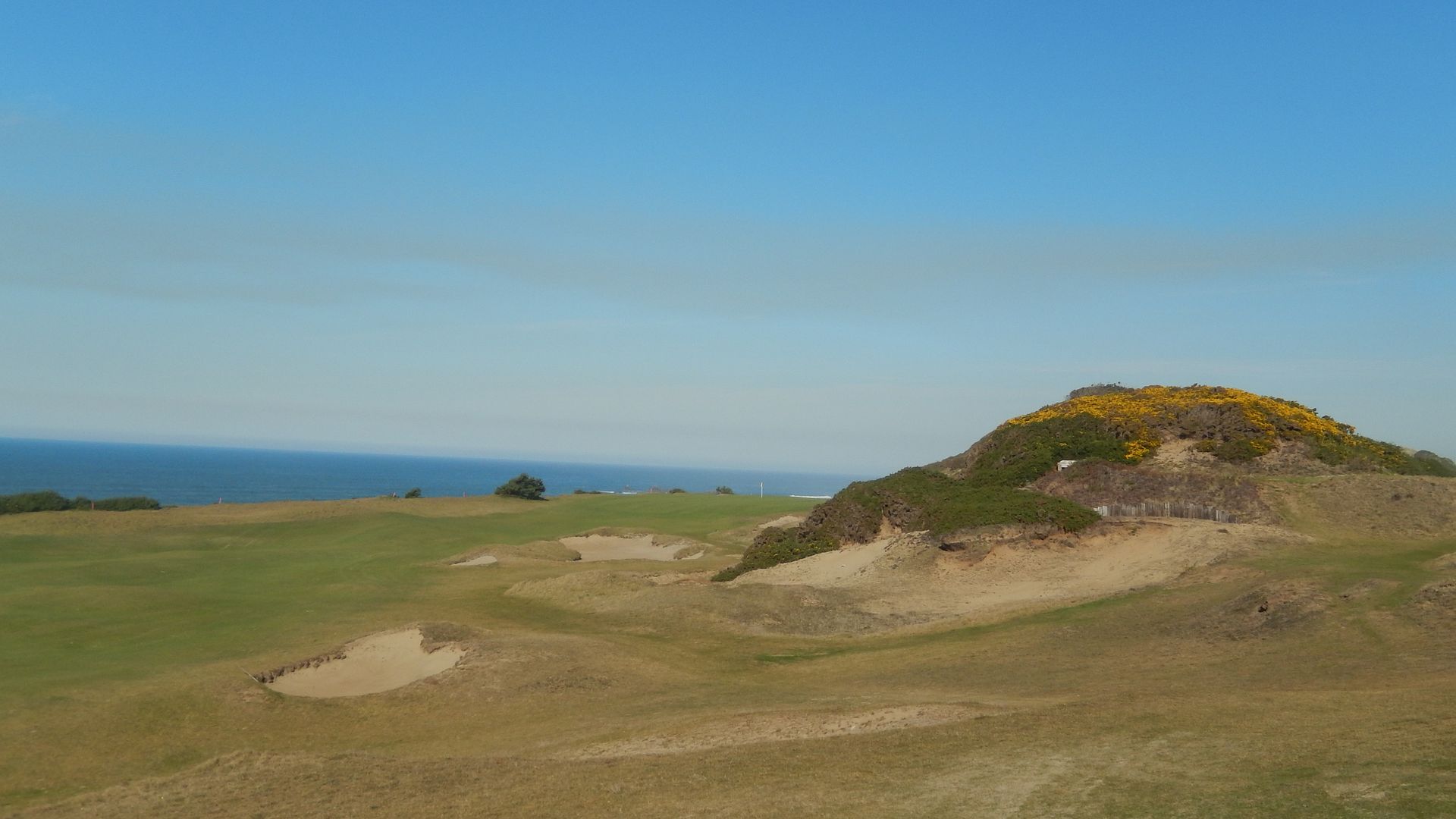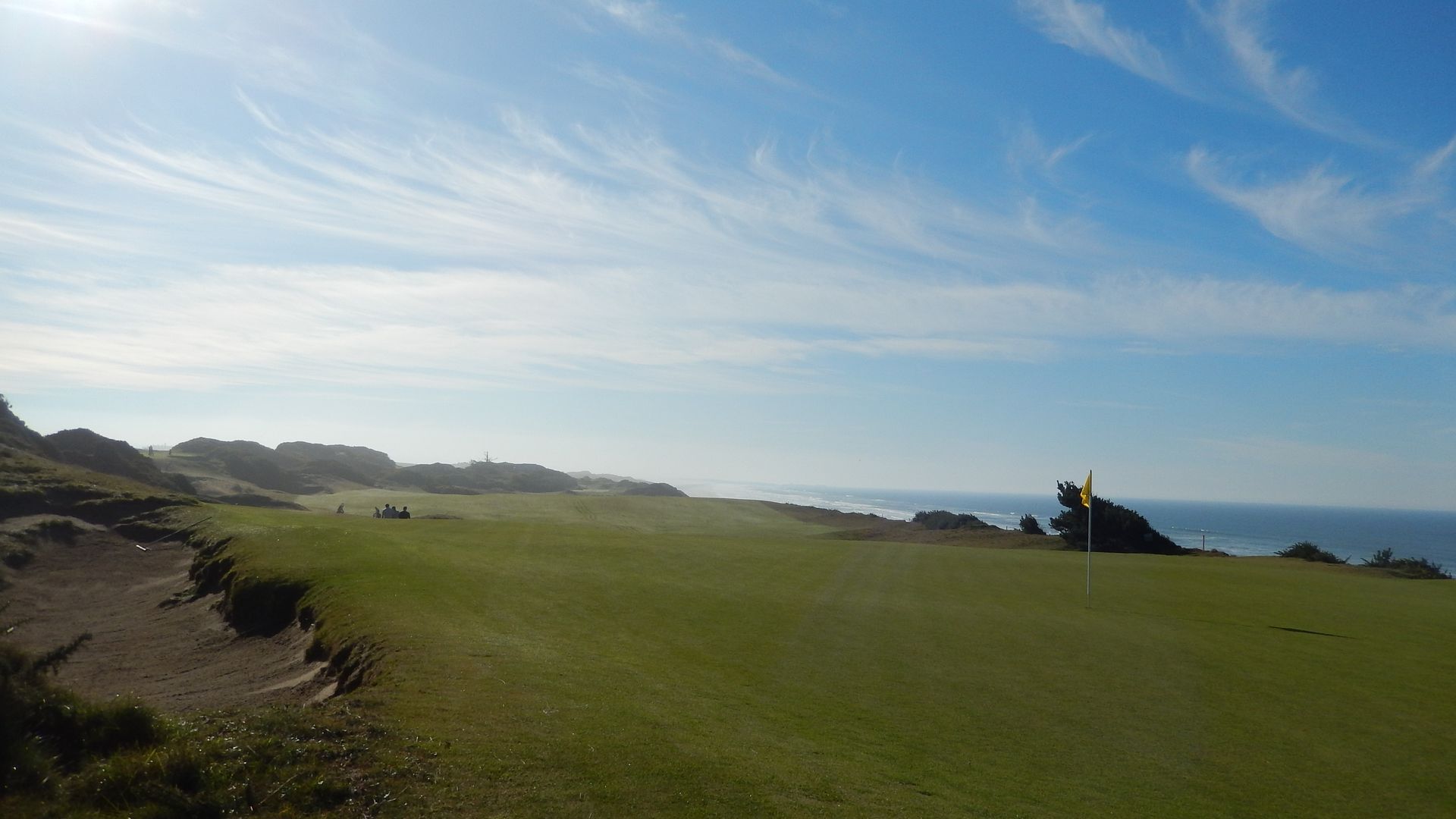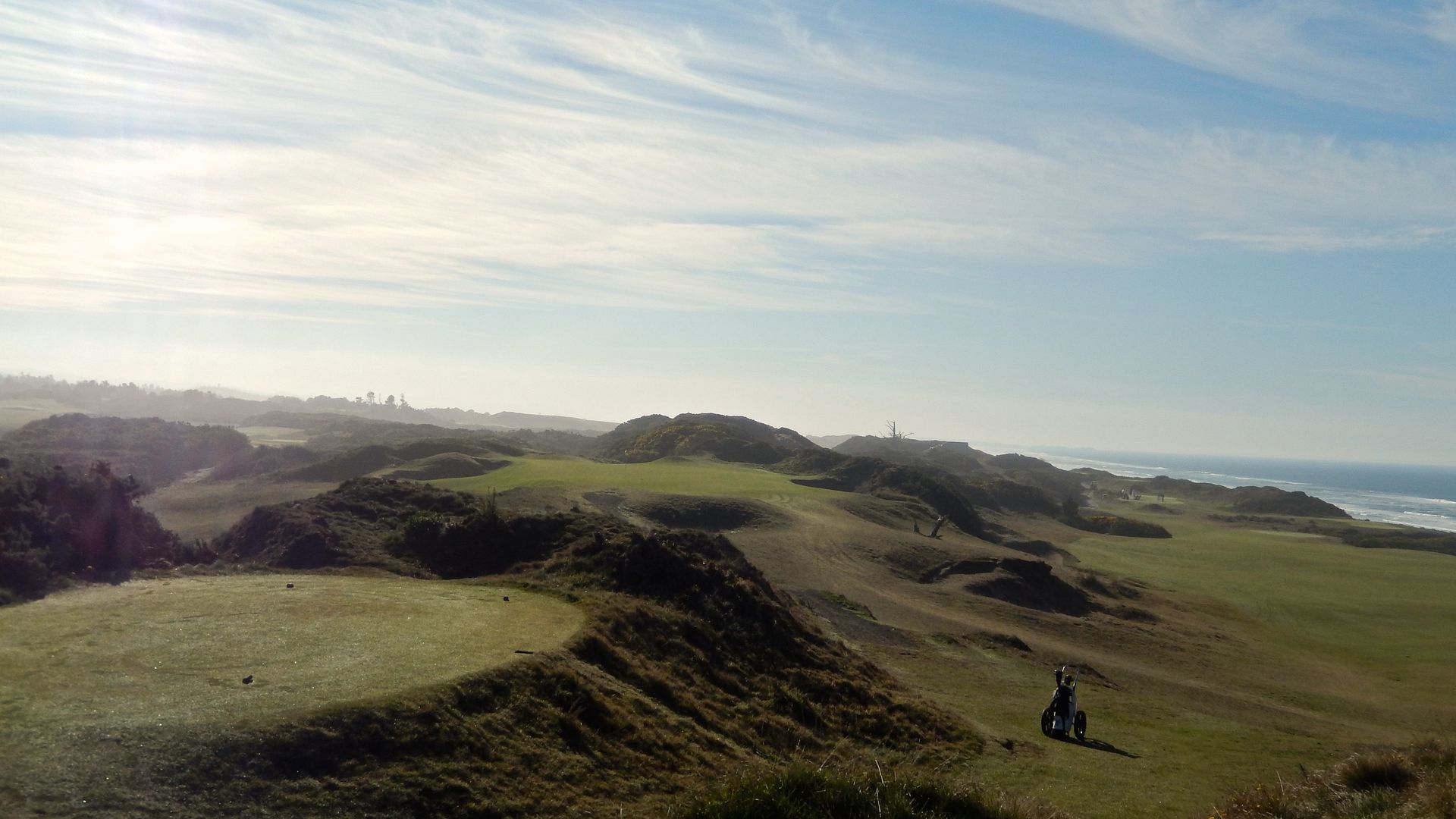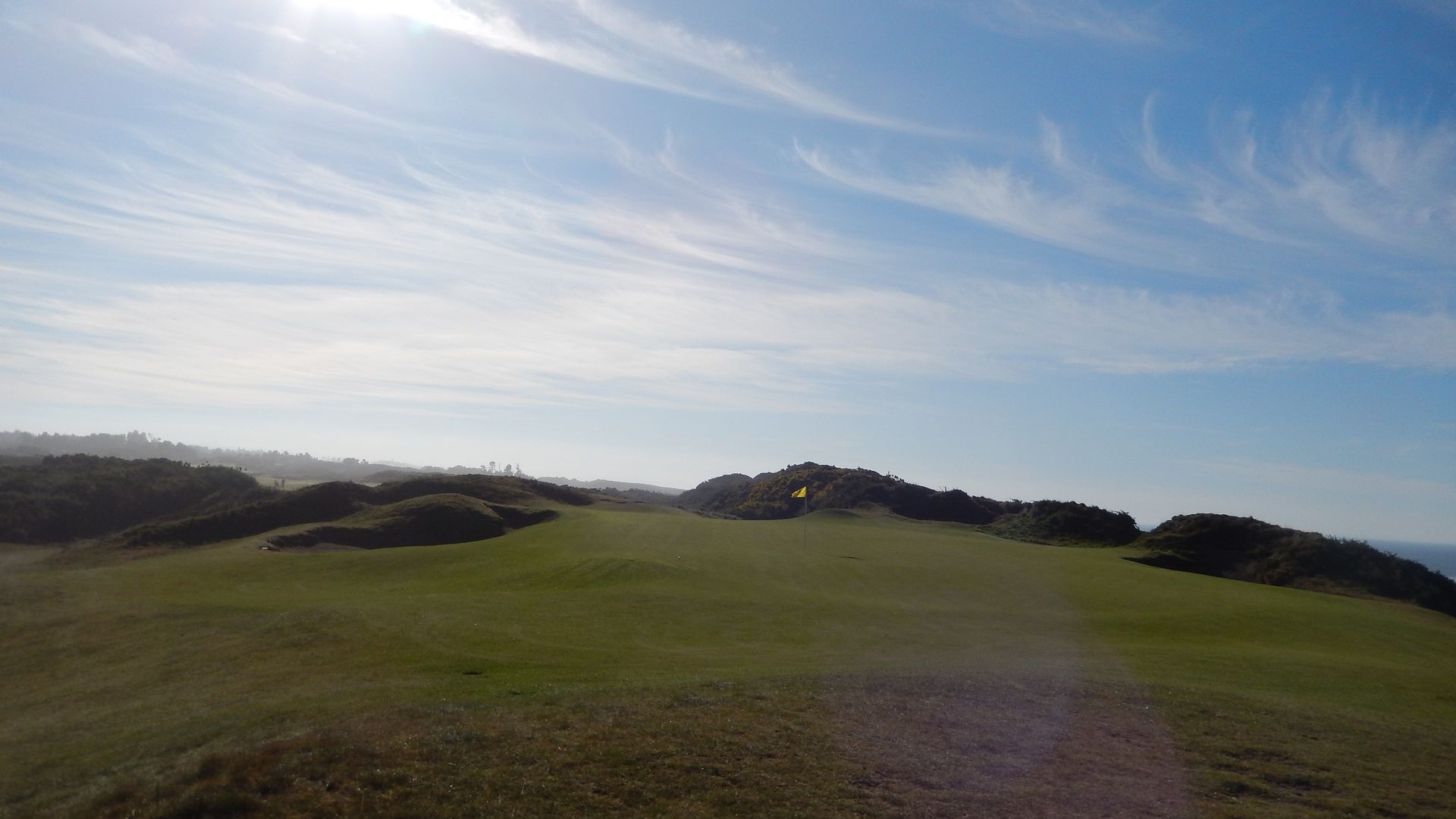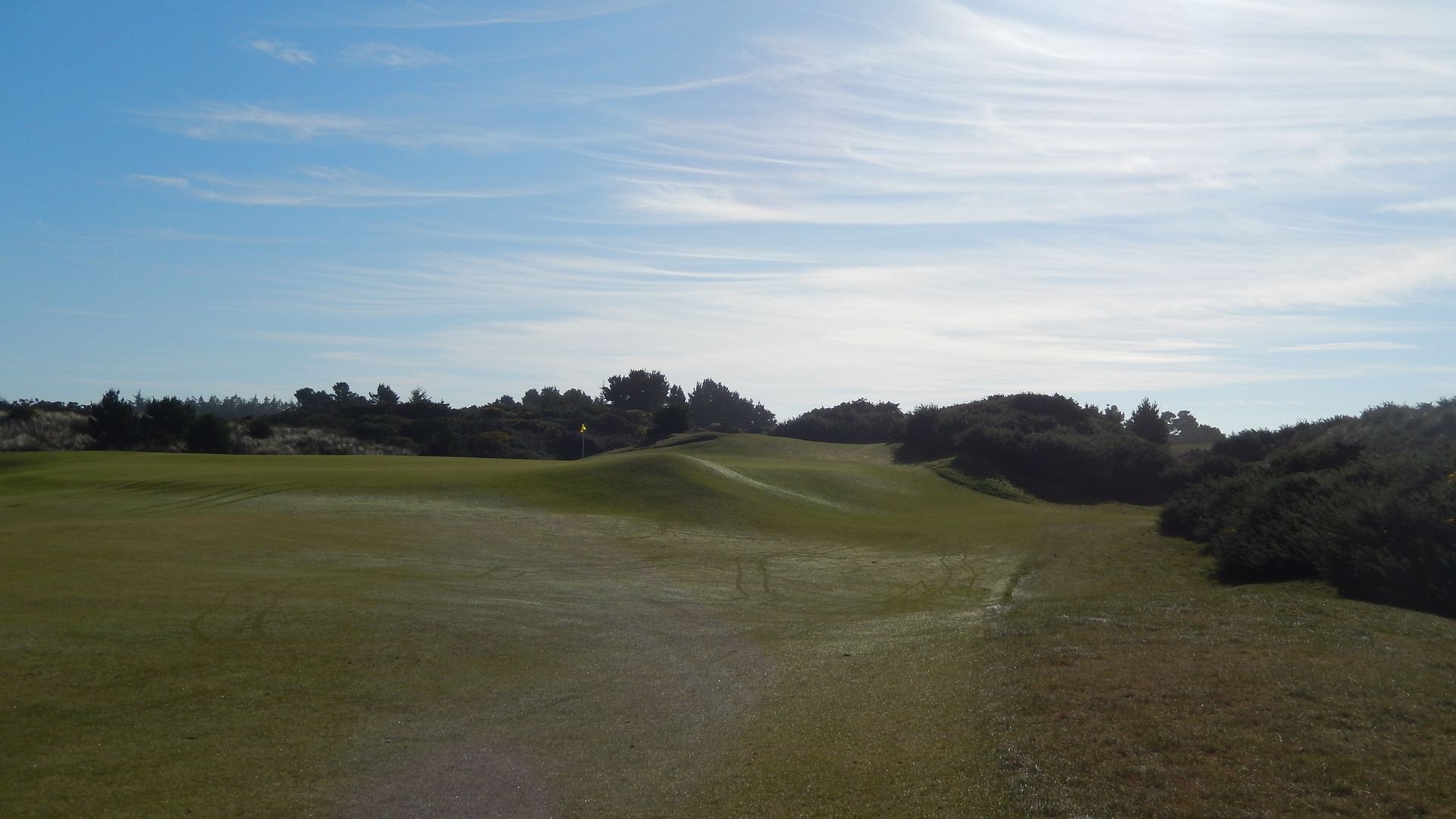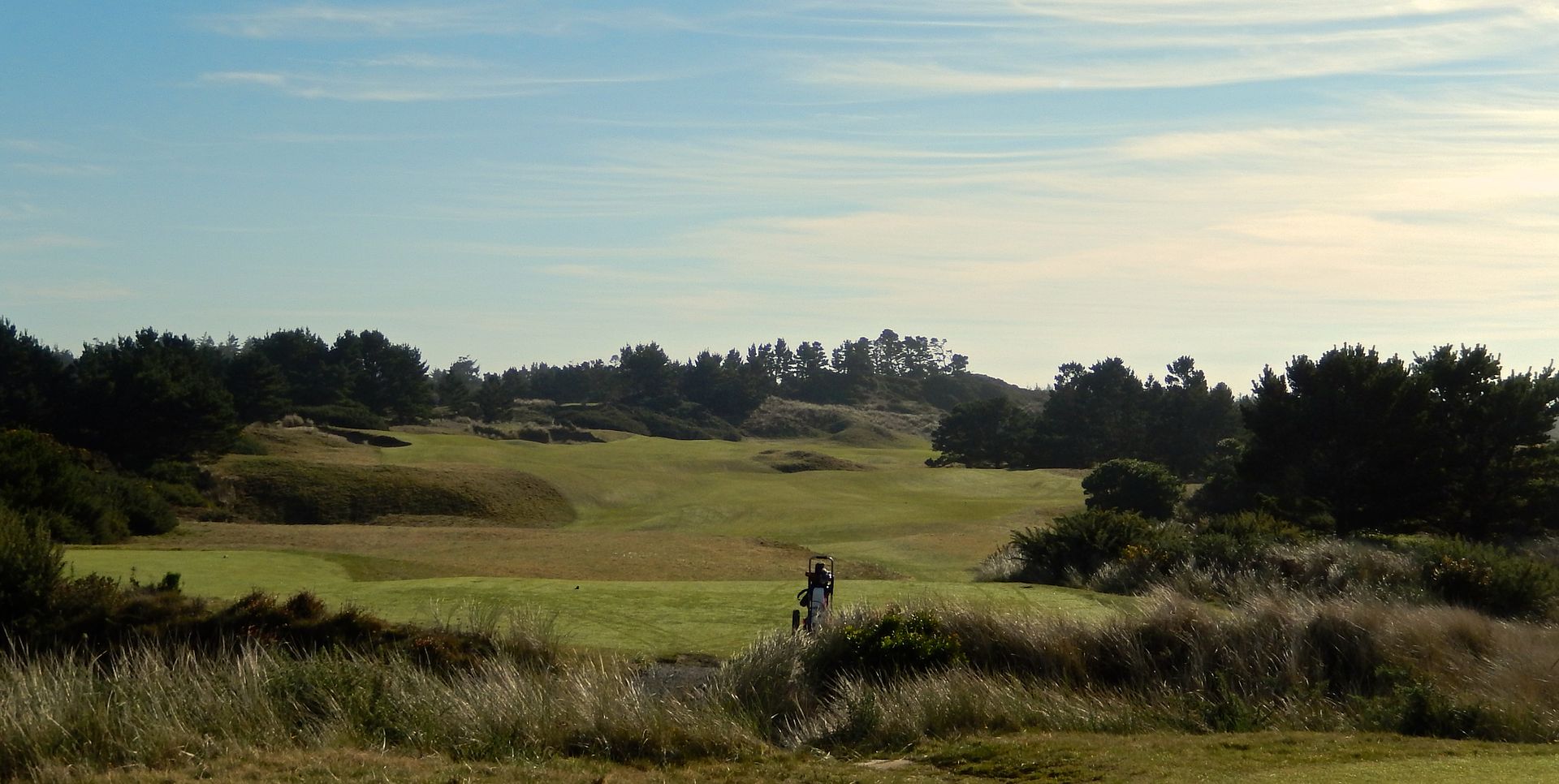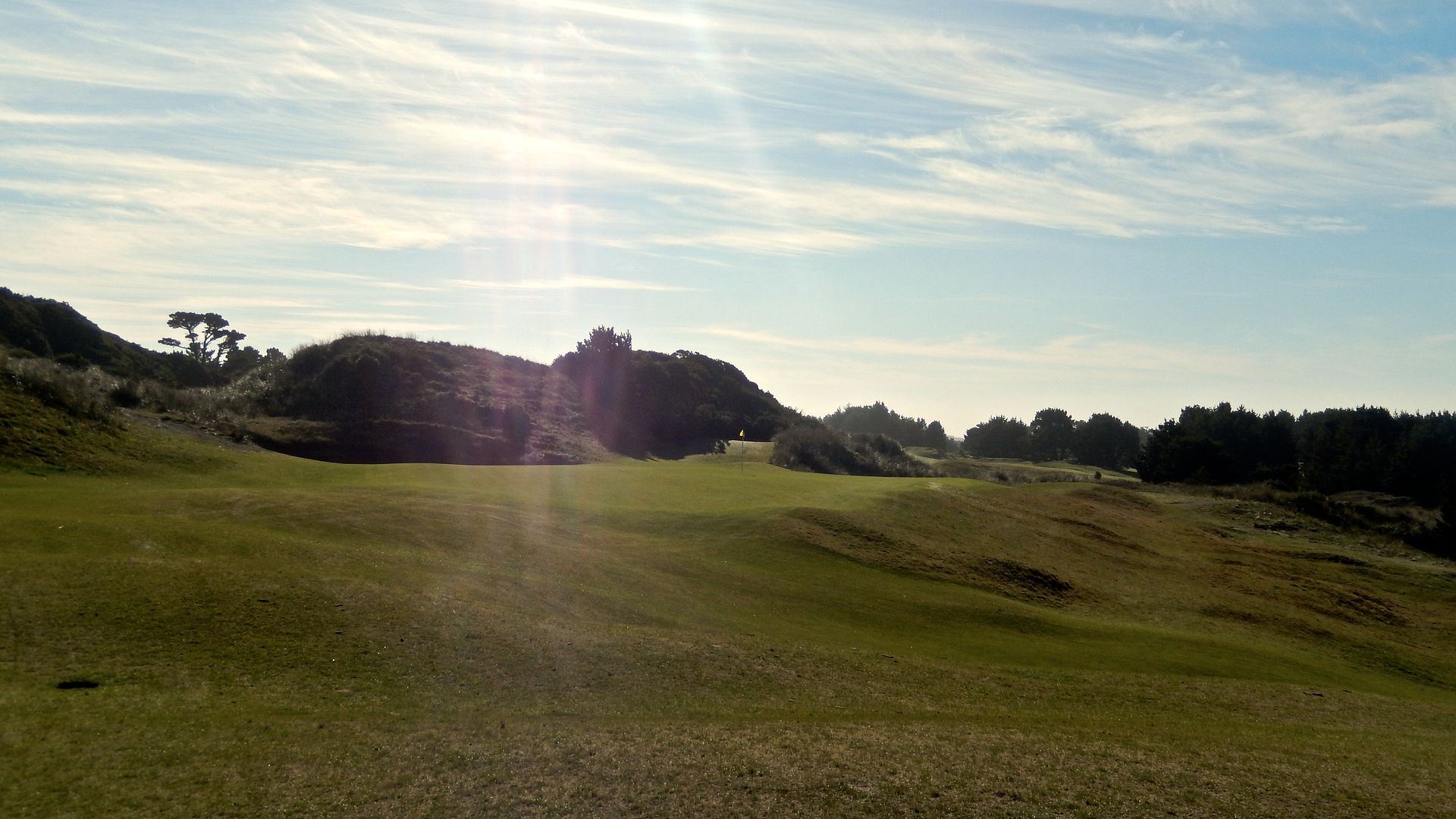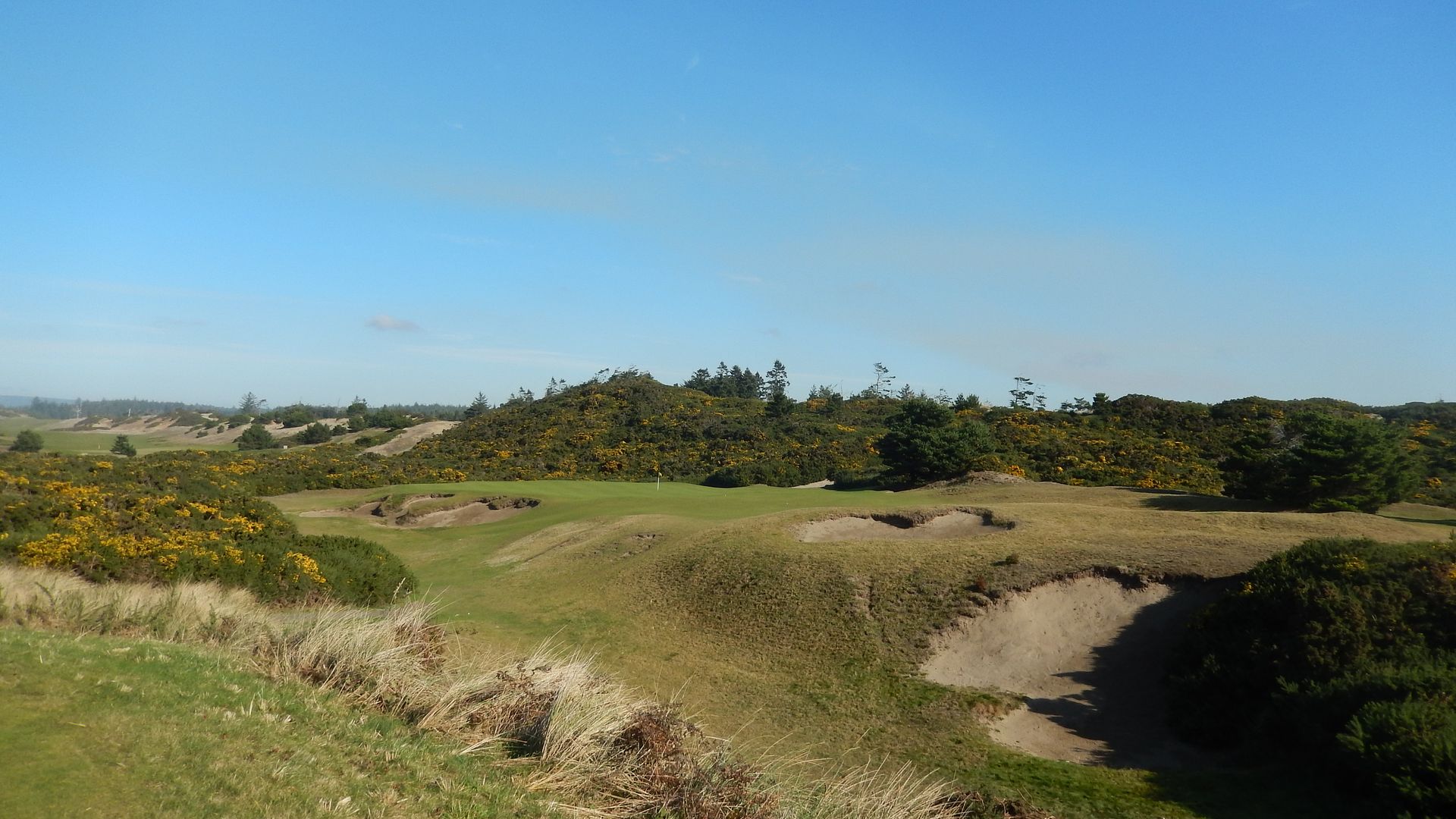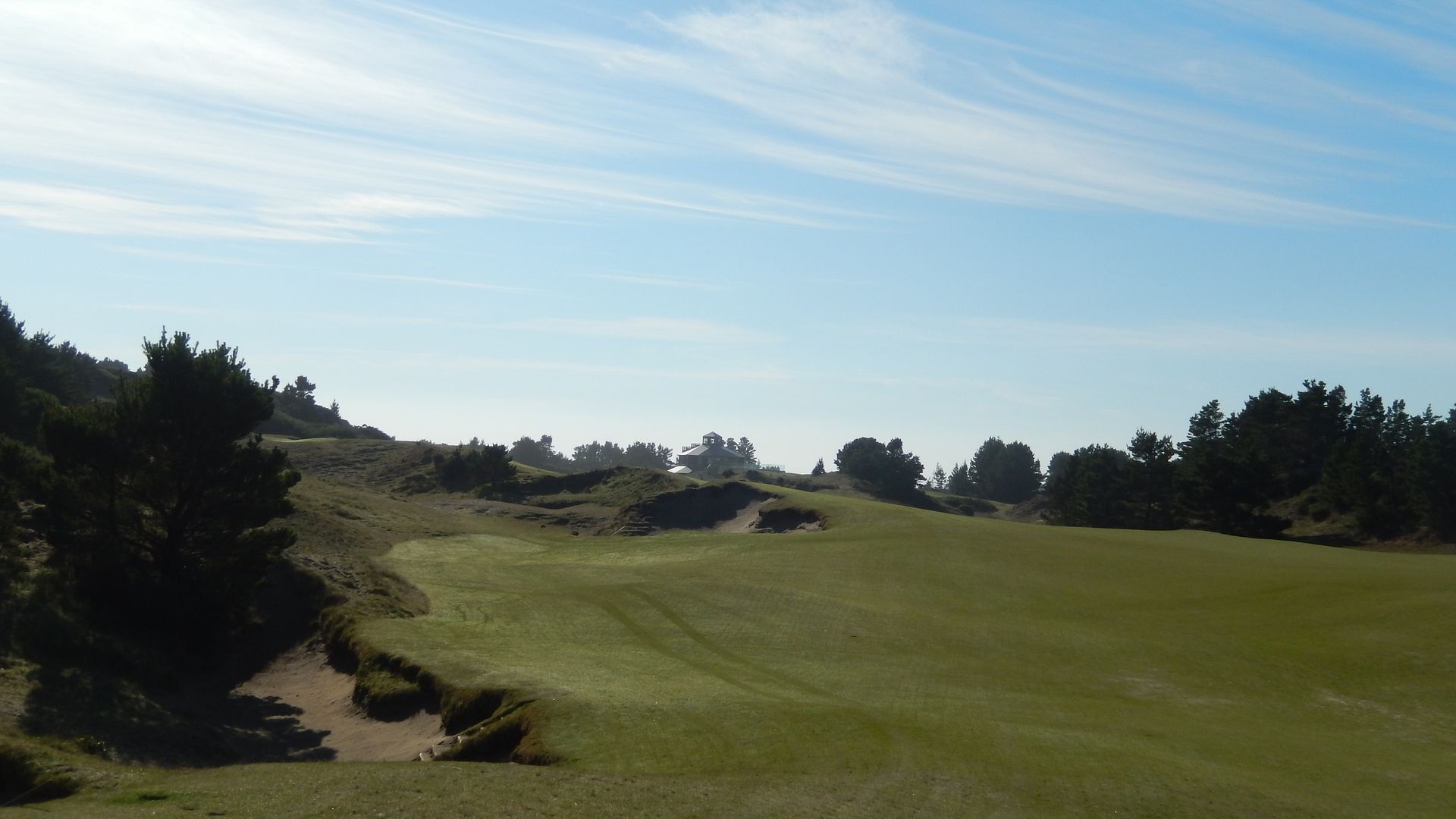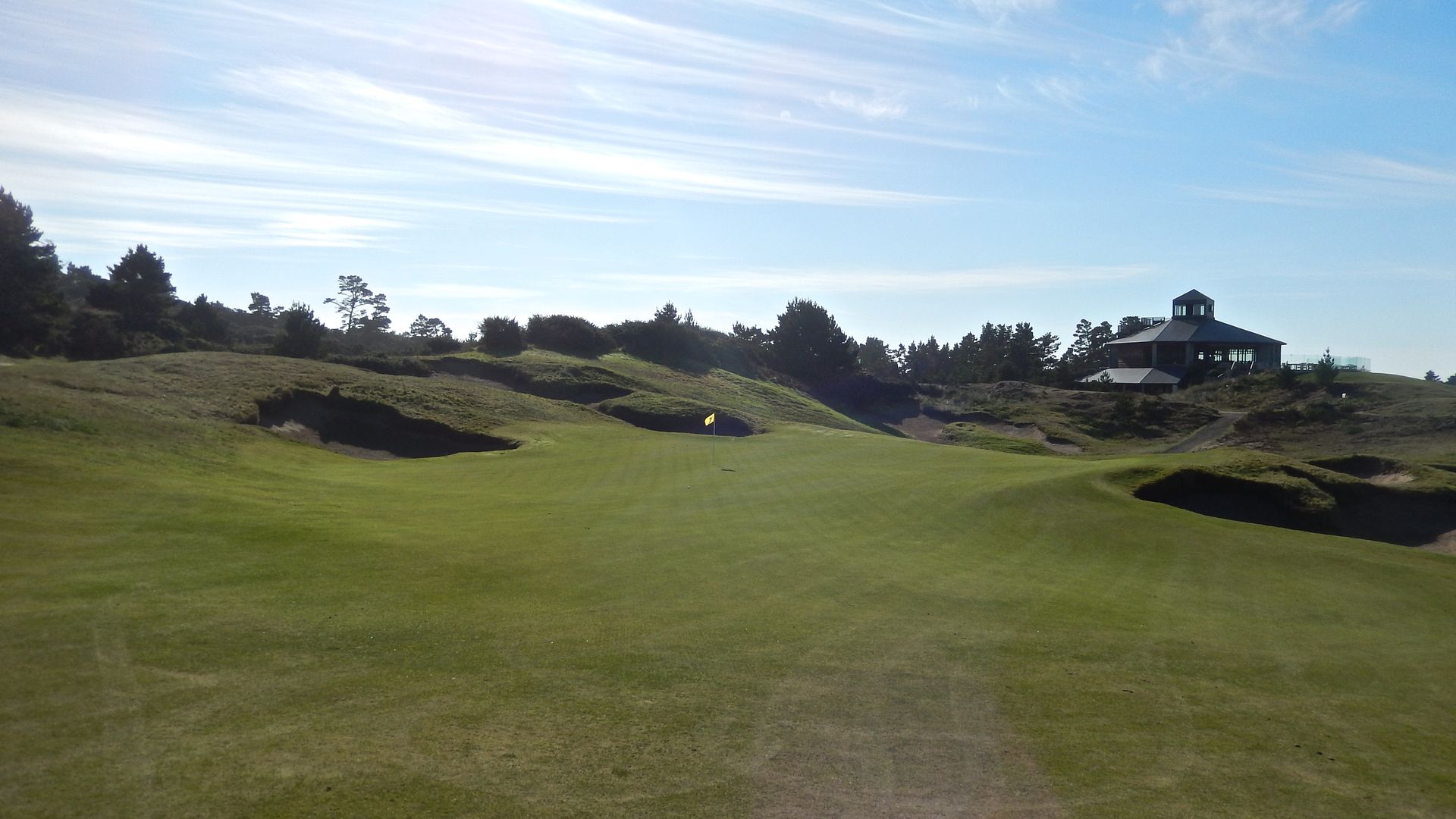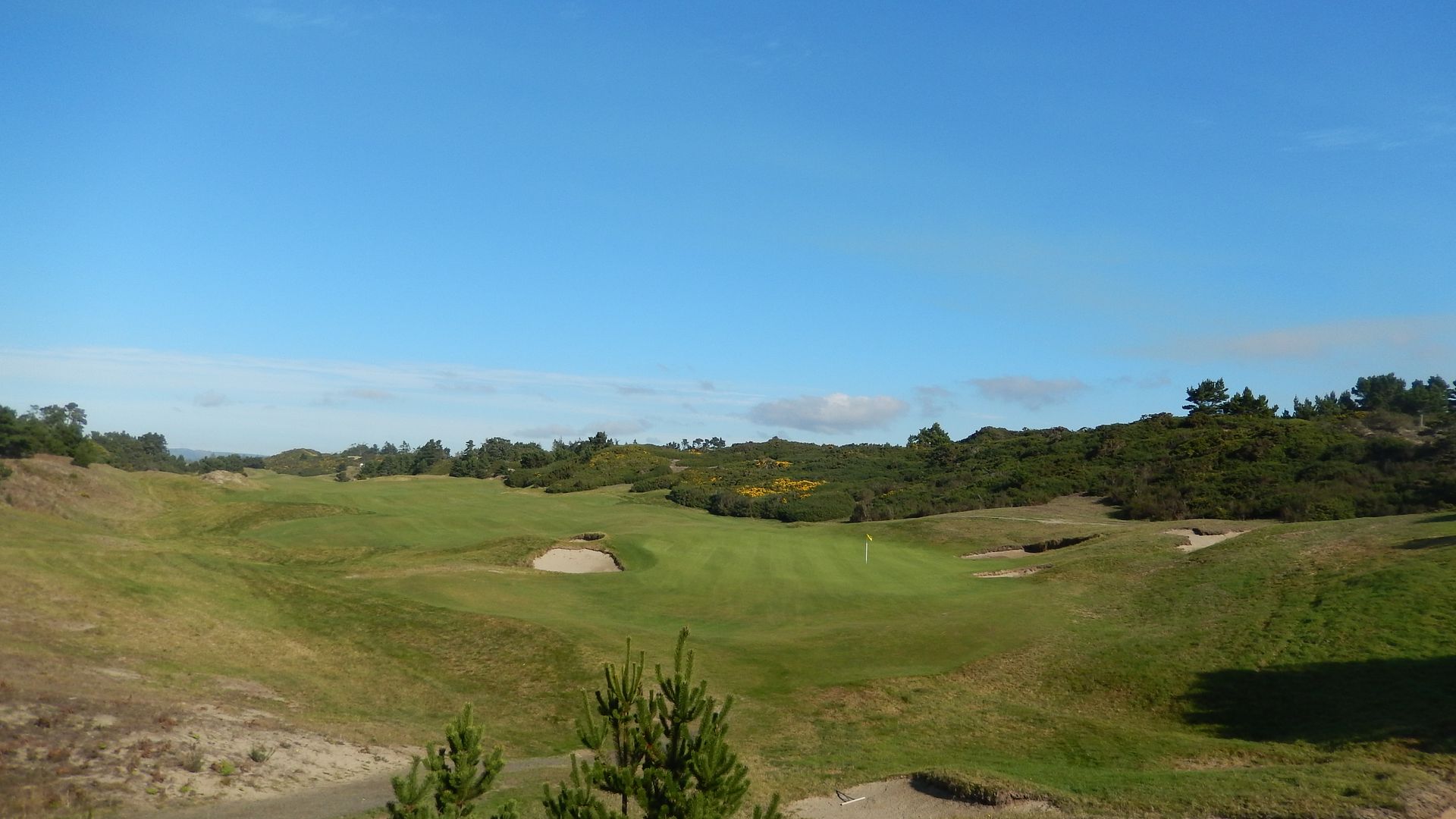Palm Desert, California, United States
Architect: Tom Doak (2005)
6,840 Yards, Par-71
Rating/Slope: 72.5/136
My Quick Review: Desert golf at it's best.
1) A very interesting and bold decision to route the course up and down the mountain. Yes, it made for many stunning downhill vistas, but it also required a lot of very uphill holes and blind shots, two things that are often avoided.
2) There is a unique mix of minimalism (very hard to use this word in that setting) and obvious hand of man. I know I have read Tom Doak say that minimalism is not so much about not moving dirt as it is about making it look like dirt has not been moved. I think Tom realized that in this setting, everyone knows there is no 'golf course just waiting to be found' and as a result he had a freer hand to build contours in the fairways and around greens. Still, I think at times he wanted to make it feel like they used the land's natural features and he chose to integrate bold rock outcroppings into the strategy of the holes.
3) There was a discussion earlier about the equal use of contours that feed to, and away from, greens. I think at Stone Eagle the balance is tilted towards contours that feed towards greens, but this theme is used remarkably well. In particular, the contouring around the second green is as fun, creative and intelligent as anything I have seen.
Hopefully a few pictures will help...
No golf course in this setting will look natural:



The second green's surrounds are exceptionally well done. First, we have the 'ramp' short-right over some foreshortening bunkers that will feed balls onto the front portion of the green. Second, there is the back-board on the back-right portion of the green. The backboard is angled such that depending on the angle one hits the backboard, the angle of return can be vastly different. And finally, what really makes the green, is the 6 foot swale that runs diagonally on the left side of the green. Not only does it emphasize the importance of playing boldly on the tee shot, but it also creates the balance in contours towards and away from the green. Here are a few photos:



There are holes like the 4th, which uses the tilt of the land and a seemingly natural stream from the tee. Add that rock outcropping by the green and this hole has a very natural, 'found' feel.


But then the golfer plays a hole like the 6th, which is stunning, but looks like a hole has been blasted out from rock. Nothing natural there. The 6th also emphasizes a constant theme at Stone Eagle. The golf course is visually intimidating but there is more than ample width to play to, especially when the golfer chooses a safe line.


The green at the par-5 13th is a punchbowl of sorts, but it's real fascination is the internal contouring. The pin pictured is at the bottom of 3 slopes, and as I mentioned to my playing partner after we both hit it to 3 feet, I kind of felt like it was hard not to hit it close with a wedge. Of course, these slopes make this hole location easy but are also there to protect other portions of the green.

This kicker short of the 12th can be used to bank shots onto the green, but play slightly to far to the right and shots will be repelled back toward the tee and leave a very difficult pitch over the corner of the mound. A very cool give and take.




